After a big morning of meetings about creating liveable transport spaces, transport’s role in securing employment outcomes, and links between health and transport options, we thought we’d have lunch and then a break from work and head to… the London Transport Museum! 😀
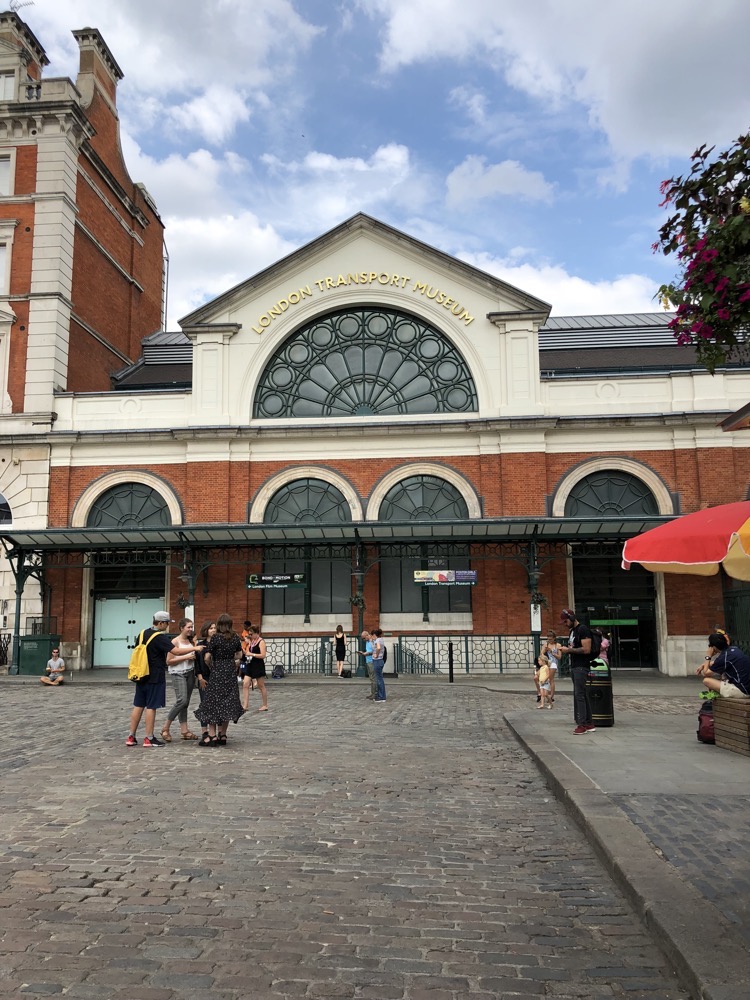 The museum is located in an old Victorian flower market right beside Covent Garden, it’s a lovely out building, but being a large open steel framed empty space it must be one of the noisiest museums I’ve ever visited. And while I understood why we were there – transport, duh – I had no idea why there were so many young families with children checking out the history of buses, trams, trains and subways in London!
The museum is located in an old Victorian flower market right beside Covent Garden, it’s a lovely out building, but being a large open steel framed empty space it must be one of the noisiest museums I’ve ever visited. And while I understood why we were there – transport, duh – I had no idea why there were so many young families with children checking out the history of buses, trams, trains and subways in London!
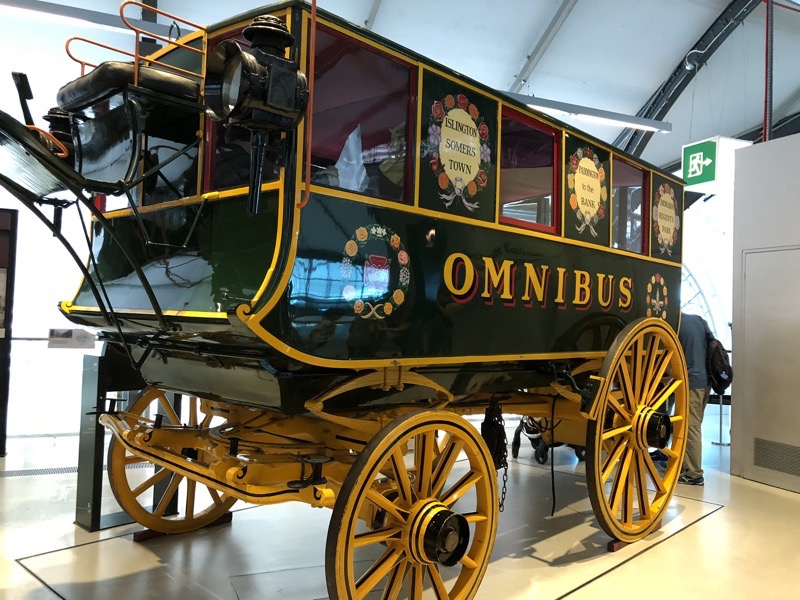
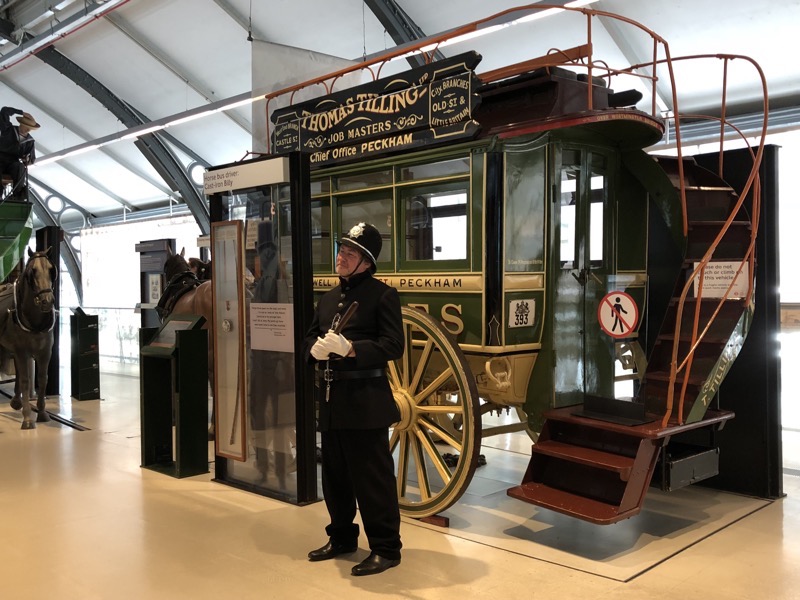
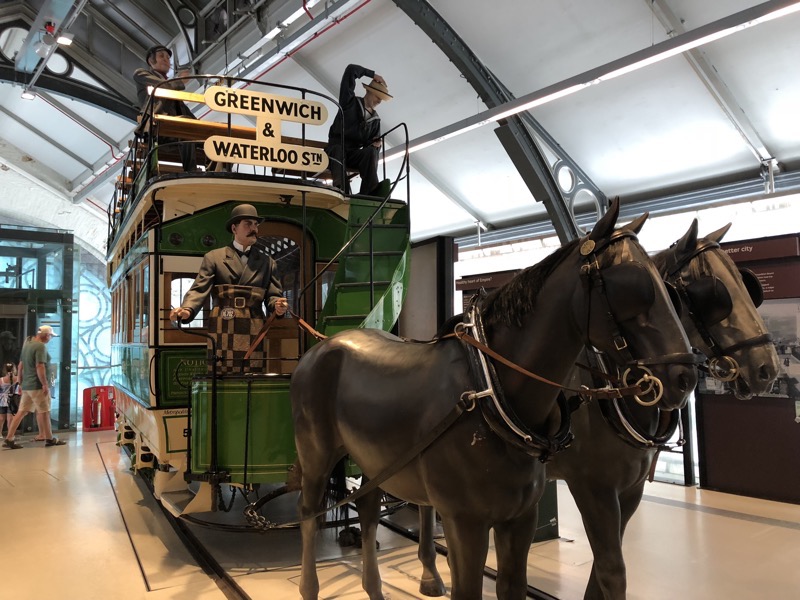 That is until we got in amongst the exhibits. There was decided lack of any serious history being imparted here – a few tidbits on plaques around the place and a LOT of modern interactive museum exhibits specifically designed to engage kids… you know the stuff – spin this dial and see what happened over time with the tram lines, get your special London Transport Museum card stamped at every station and get a free sticker, and my fav, climb all over the mocked up bus/taxi/train thingy screaming with glee at the top of your lungs.
That is until we got in amongst the exhibits. There was decided lack of any serious history being imparted here – a few tidbits on plaques around the place and a LOT of modern interactive museum exhibits specifically designed to engage kids… you know the stuff – spin this dial and see what happened over time with the tram lines, get your special London Transport Museum card stamped at every station and get a free sticker, and my fav, climb all over the mocked up bus/taxi/train thingy screaming with glee at the top of your lungs.
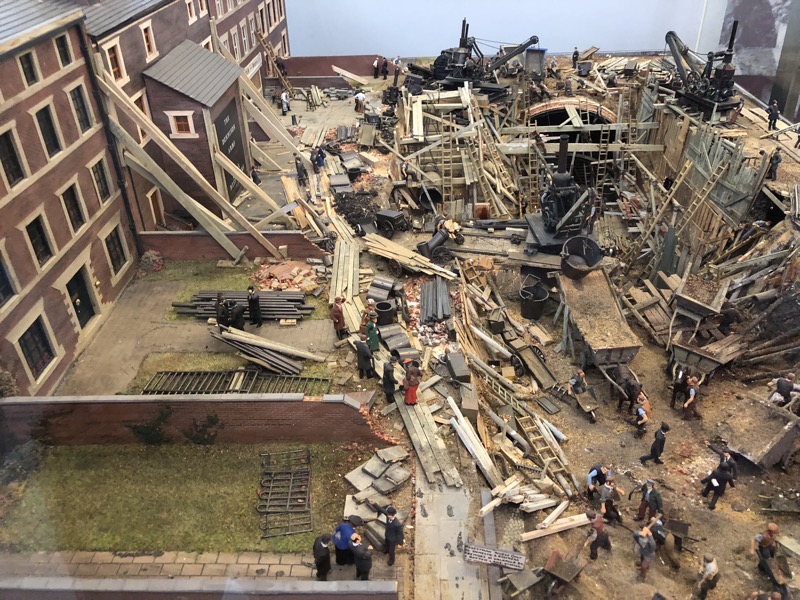 The most interesting things here were a few old photos with accompanying text – like this one below depicting an old London bus with its destination ‘blind’ which rolled out so the driver could change the visible sign on the outside of the bus to indicate where it was headed.
The most interesting things here were a few old photos with accompanying text – like this one below depicting an old London bus with its destination ‘blind’ which rolled out so the driver could change the visible sign on the outside of the bus to indicate where it was headed.
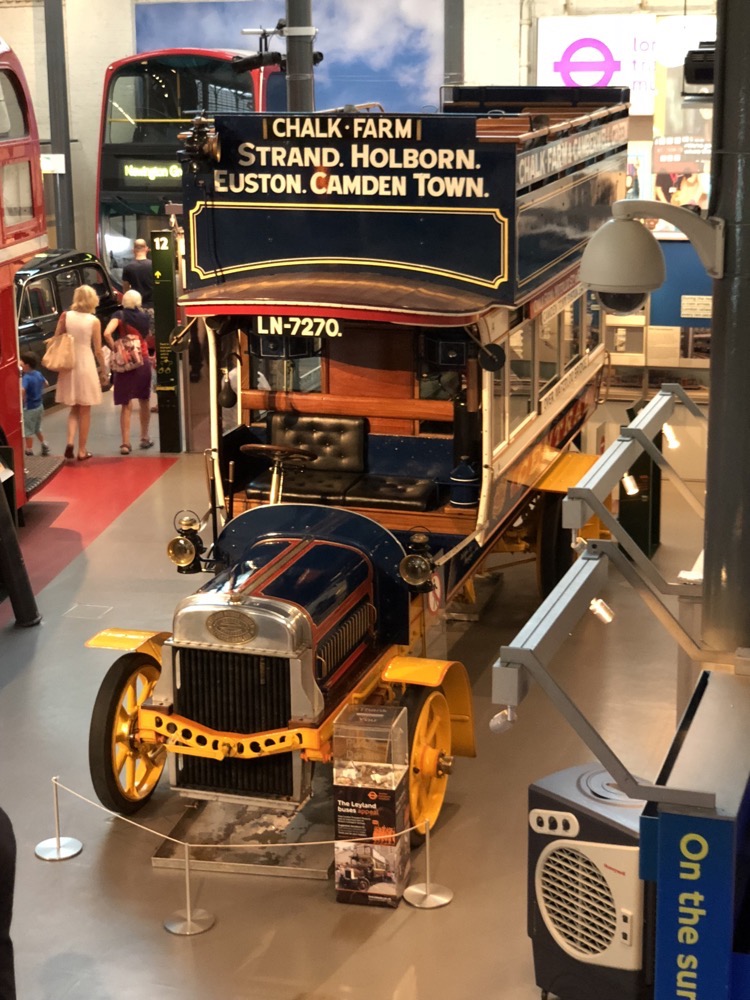
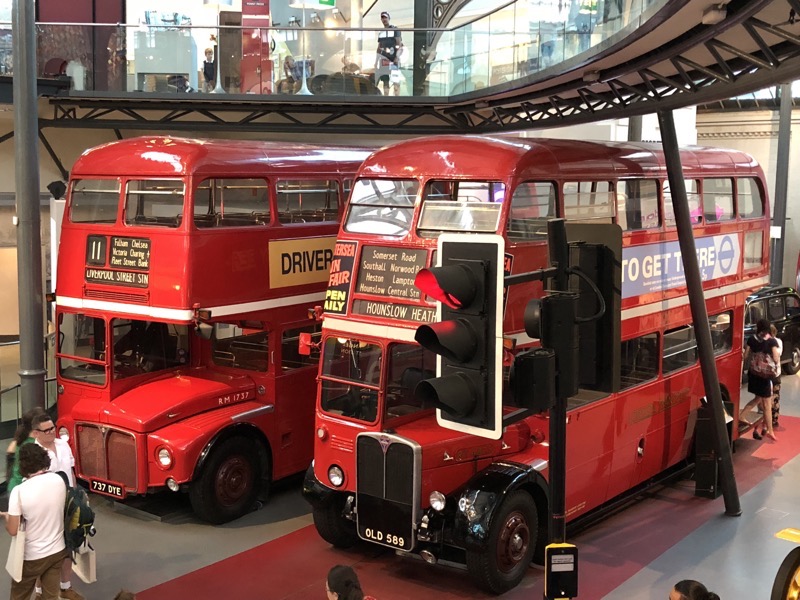 But mostly the Museum seems to have let the interactive entertainment nonsense overtake the dissemination of historical information bit.
But mostly the Museum seems to have let the interactive entertainment nonsense overtake the dissemination of historical information bit. 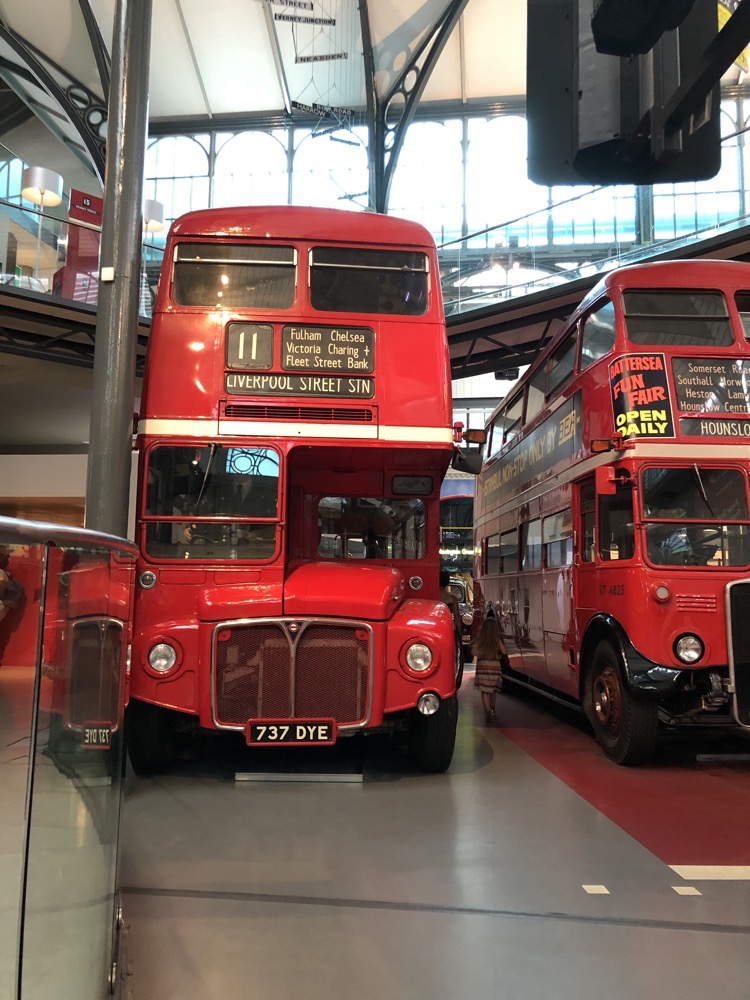 This guy was amusing – the original transport entrepreneur overtaken by Uber imitators perhaps? Fell flat on his arse… wonder why.
This guy was amusing – the original transport entrepreneur overtaken by Uber imitators perhaps? Fell flat on his arse… wonder why.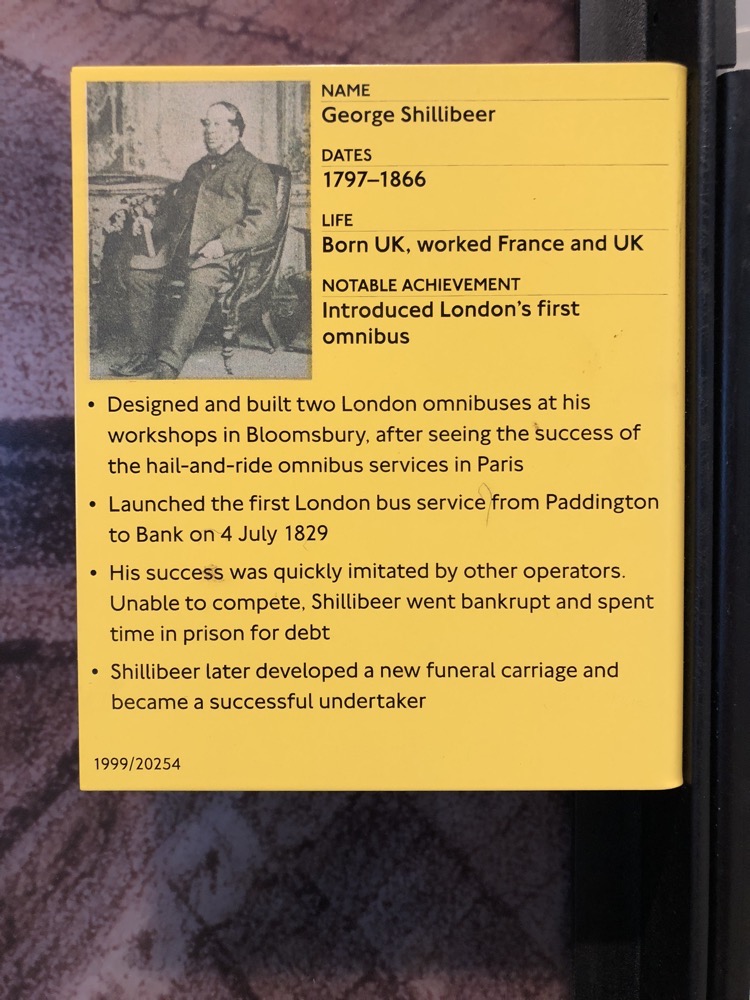
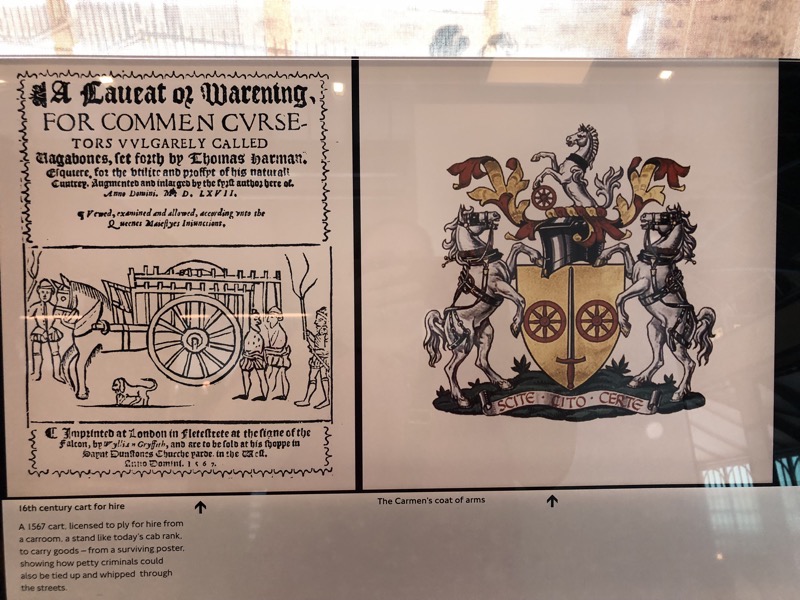 By now it was about 3:00pm and we were hoping to head over to the Globe Theatre for a tour at 4pm tour with LukenManda. So, having taken all the buses, trains and other forms of transport available, we thought we’d try out the cross river ferry service which went from just down near the Strand across to the Globe… or so we thought. What should have been a 4:05pm ferry with two stops to the Globe (which we arrived 20 mins early for) turned into a 35 min wait for a ferry that never came and then being shepherded onto a ferry service that was going NORTH BOUND which then loops about and heads back to the Globe with four stops on the way. FFS… we didn’t actually get there until 4:40pm. Crazy. If anyone reading this has ever been on a Brisbane CityCat, you won’t understand this, but the Thames Clippers ‘river bus’ services are these huge old barges that take forever to manoeuvre to and from the pontoons and by the time we got there we were completely over it. The staff make the transport SNAFU extra special by not telling us what happened to the service we were actually waiting for and as we were getting onto the ferry and I was confirming that it was indeed going to the Bankside stop for the Globe, responding with an indifferent, ‘Yeah, I think so.’ Oh we have so much confidence at this point..
By now it was about 3:00pm and we were hoping to head over to the Globe Theatre for a tour at 4pm tour with LukenManda. So, having taken all the buses, trains and other forms of transport available, we thought we’d try out the cross river ferry service which went from just down near the Strand across to the Globe… or so we thought. What should have been a 4:05pm ferry with two stops to the Globe (which we arrived 20 mins early for) turned into a 35 min wait for a ferry that never came and then being shepherded onto a ferry service that was going NORTH BOUND which then loops about and heads back to the Globe with four stops on the way. FFS… we didn’t actually get there until 4:40pm. Crazy. If anyone reading this has ever been on a Brisbane CityCat, you won’t understand this, but the Thames Clippers ‘river bus’ services are these huge old barges that take forever to manoeuvre to and from the pontoons and by the time we got there we were completely over it. The staff make the transport SNAFU extra special by not telling us what happened to the service we were actually waiting for and as we were getting onto the ferry and I was confirming that it was indeed going to the Bankside stop for the Globe, responding with an indifferent, ‘Yeah, I think so.’ Oh we have so much confidence at this point..
Anyway, we eventually got there and just made it to our Globe Tour. The tour of the theatre was a bit… short and lacking in history. Yeah, I’m thinking how can that be – we are talking about an Elizabethan theatre here, but our guide, Simon, focussed largely on how this reconstructed building was willed into life by Sam Wanamaker back in the ’80s/90s and how modern acting companies are created and their productions are working now. So scant little information on Elizabethan theatre practices and historical tidbits. As such, this was a little on the disappointing side for me. I’d have preferred to hear more about the socio-political impact of the theatre on contemporary Elizabethan audiences etc rather than how they are directing, casting and producing plays today in that space. Oh well, still an amazing building and I’m sure one day I’ll be back to see a production here – they are doing Othello at the moment but because of our work commitments while we were here, we had only very briefly looked at seeing what was on several months ago, and then failed to follow up on it.
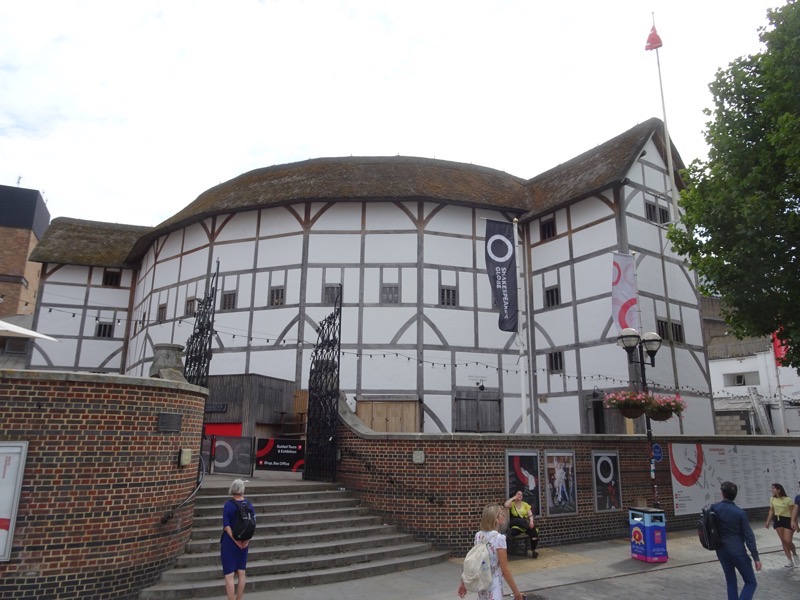
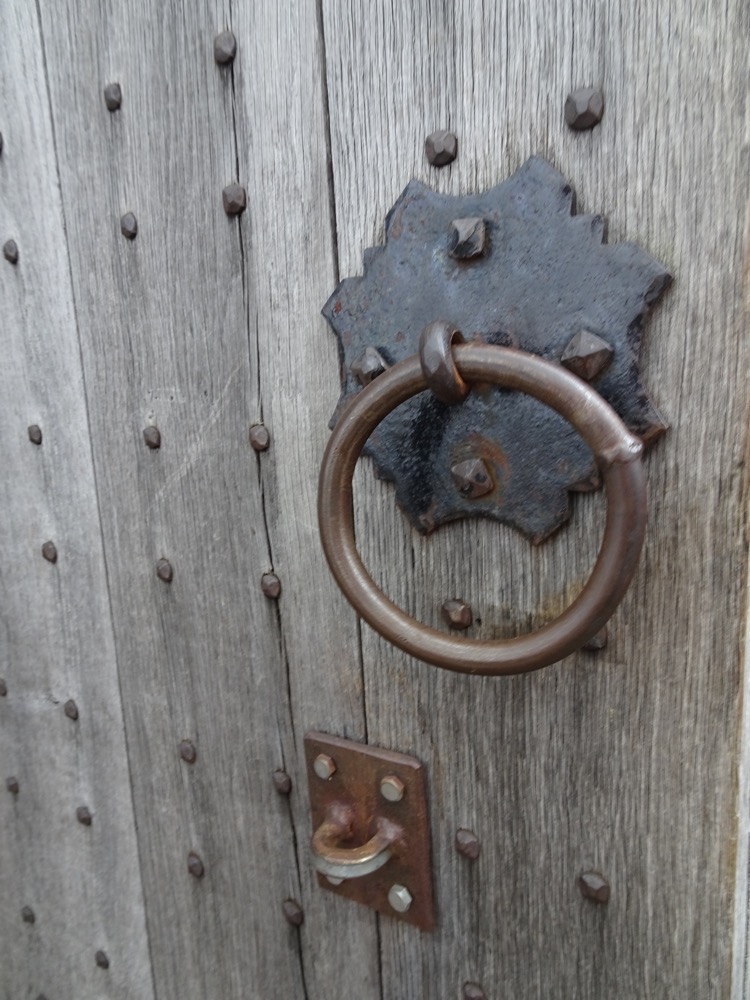
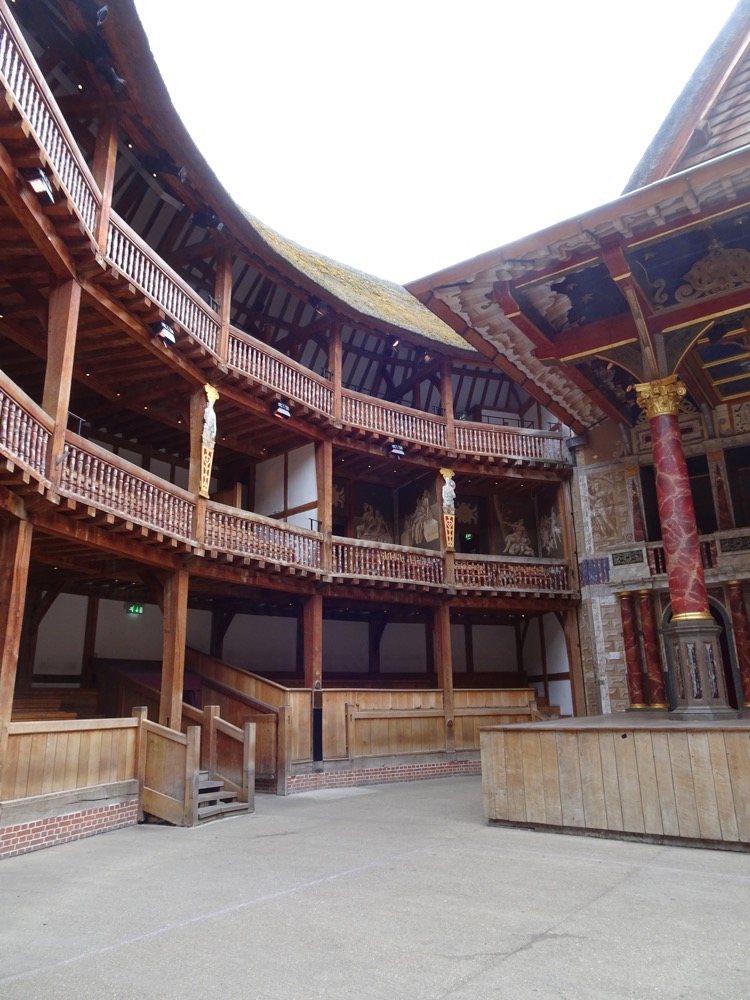
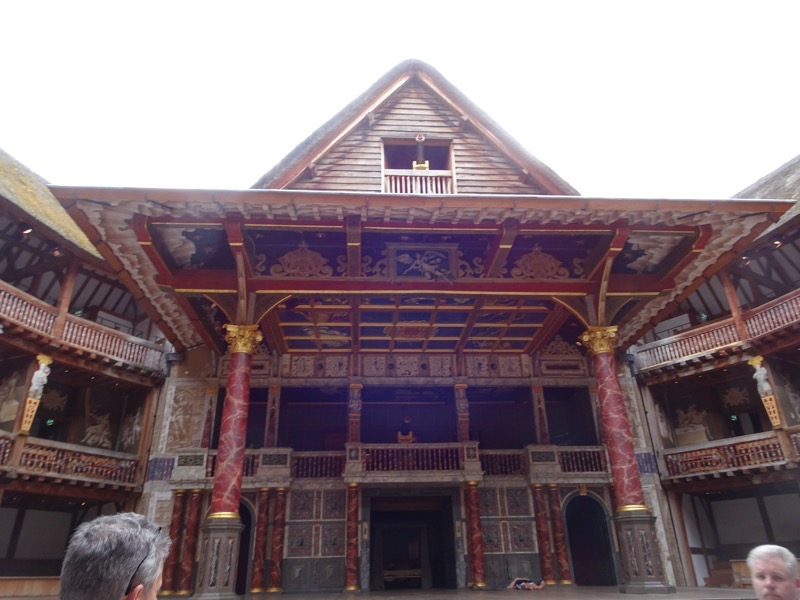
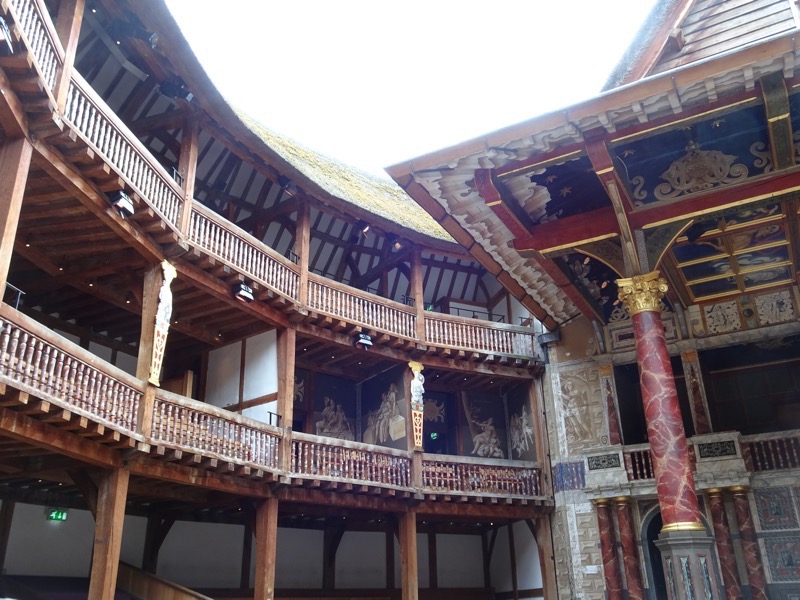
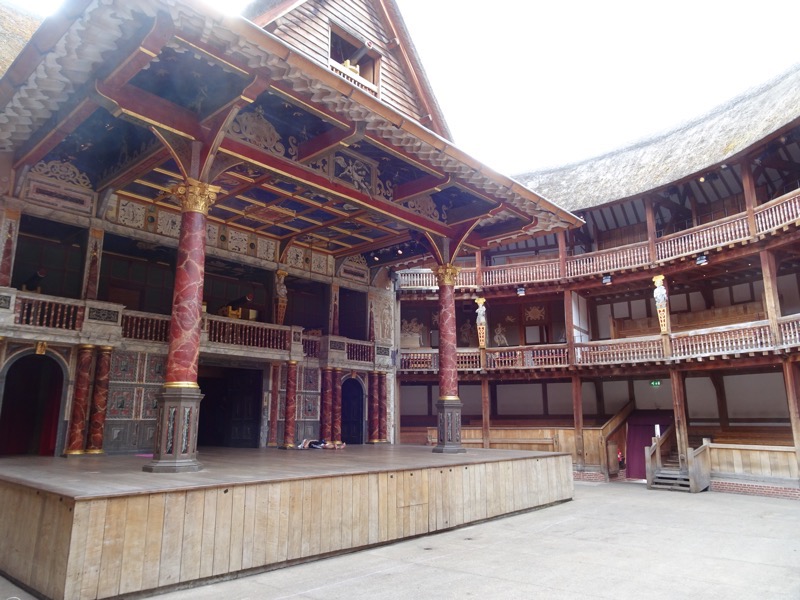
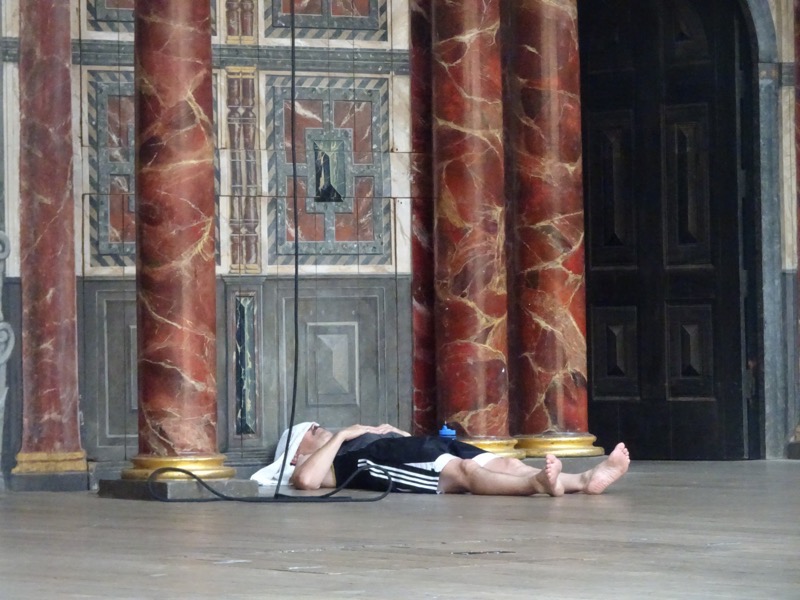
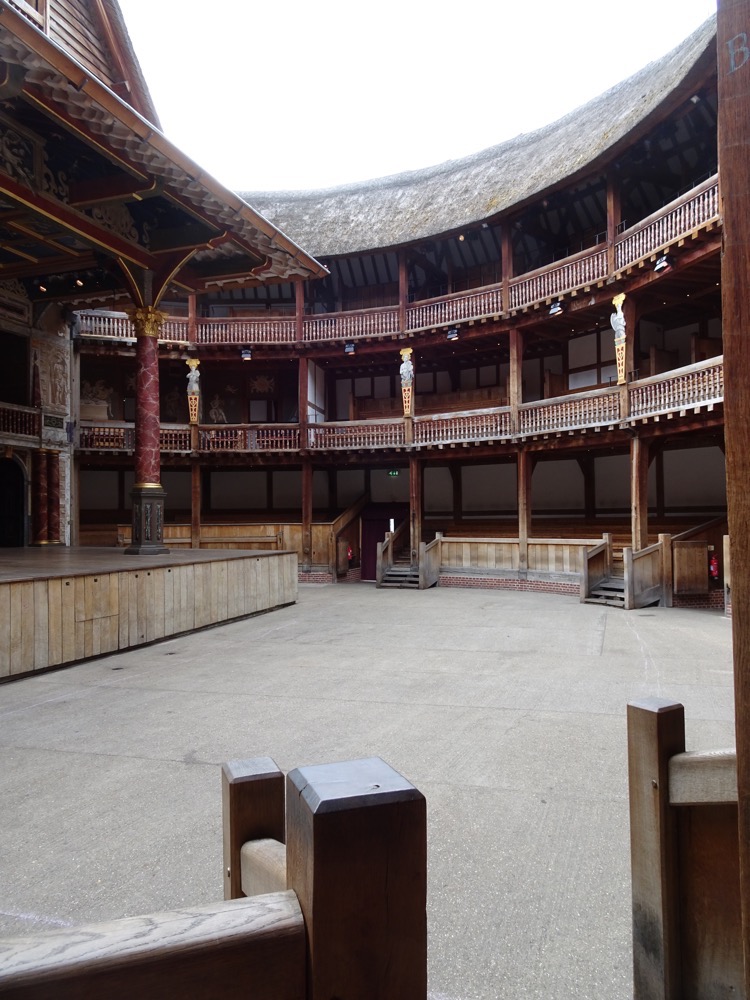 Oddly, it feels very much like bing in the Pop Up Globe in Auckland and gives you an appreciation of just how well the designers of that venue have done to replicate this incredible theatre in it’s temporary format. The dimensions are the same, the intimacy of the space is the same… I highly recommend any Aussies who didn’t manage to see it in Melbourne, try to get along to see it in Sydney when it opens soon.
Oddly, it feels very much like bing in the Pop Up Globe in Auckland and gives you an appreciation of just how well the designers of that venue have done to replicate this incredible theatre in it’s temporary format. The dimensions are the same, the intimacy of the space is the same… I highly recommend any Aussies who didn’t manage to see it in Melbourne, try to get along to see it in Sydney when it opens soon.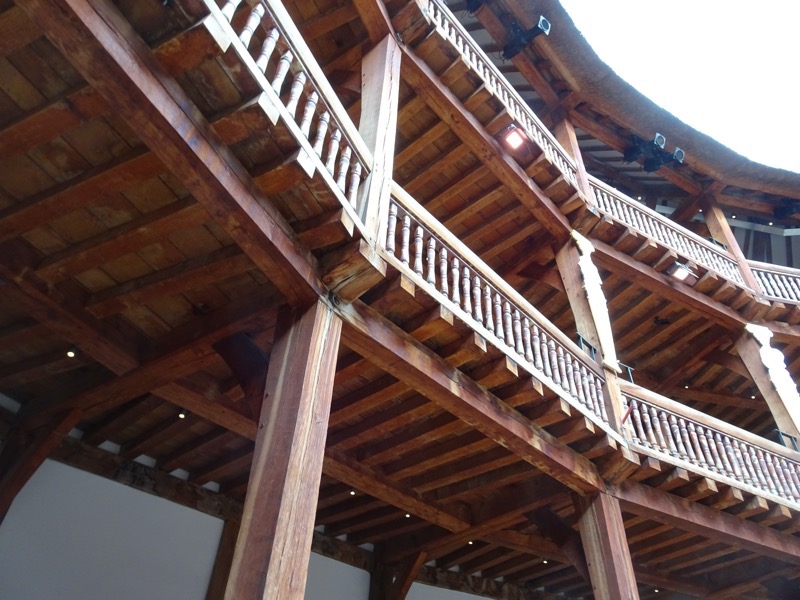
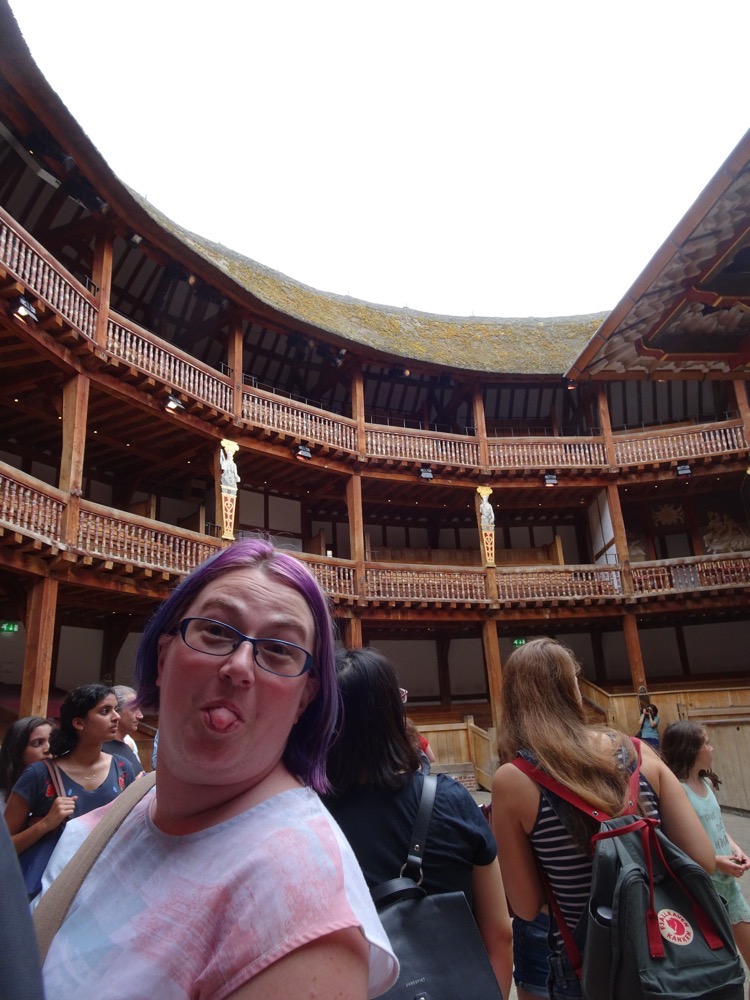 After our (rather short) Globe tour it was time to skip through the gift shop and then jump a black cab and head back to Covent Garden to catch up with Joey Jo Jo over a jug of sangria. 🙂 Popped into a little Mexican restaurant I found here on my last trip called, (what was it called, again?) – Cafe Pacifico. Great little cheap and cheerful place with lovely food, but rather busy and very noisy. Sorry Angus, Dad had the chimichangas without you!
After our (rather short) Globe tour it was time to skip through the gift shop and then jump a black cab and head back to Covent Garden to catch up with Joey Jo Jo over a jug of sangria. 🙂 Popped into a little Mexican restaurant I found here on my last trip called, (what was it called, again?) – Cafe Pacifico. Great little cheap and cheerful place with lovely food, but rather busy and very noisy. Sorry Angus, Dad had the chimichangas without you! 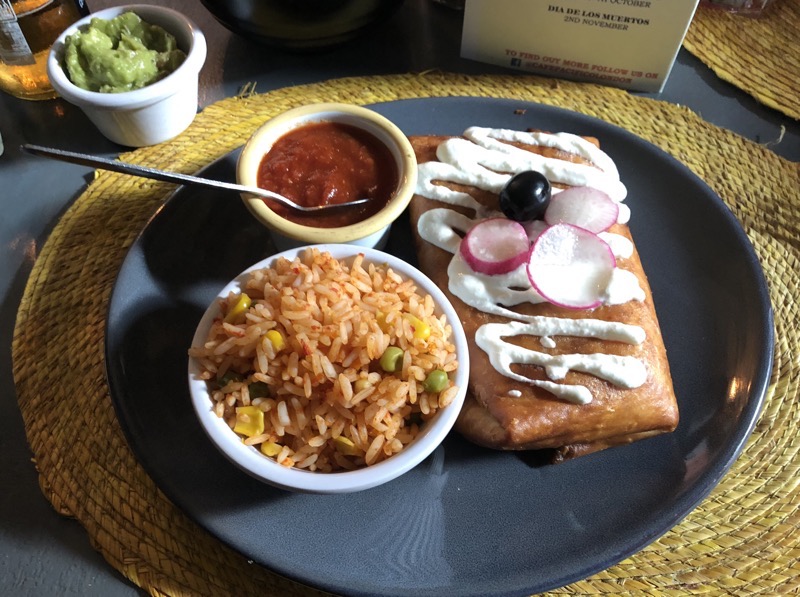
We had our meals and went hunting for a pub for to have a quiet pint or two… whereupon we were joined by Mr Eleganza himself, KevZedBaby! was finally in the house!
It is always lovely to be able to catch up with friends while travelling, and this trip has been full of friends (well, you know, work and catching up with friends). We had a few quiet drinks and shared stories about each other’s crazy lives, before having to call it an early night. Big hugs guys, thanks for taking the time to come hang out with us, even for just a few hours.
We were hoping for an early night but this work/travel stuff can be pretty damn draining when you’re trying to smash in some sight seeing too… so it was well after 12pm before we turned in.

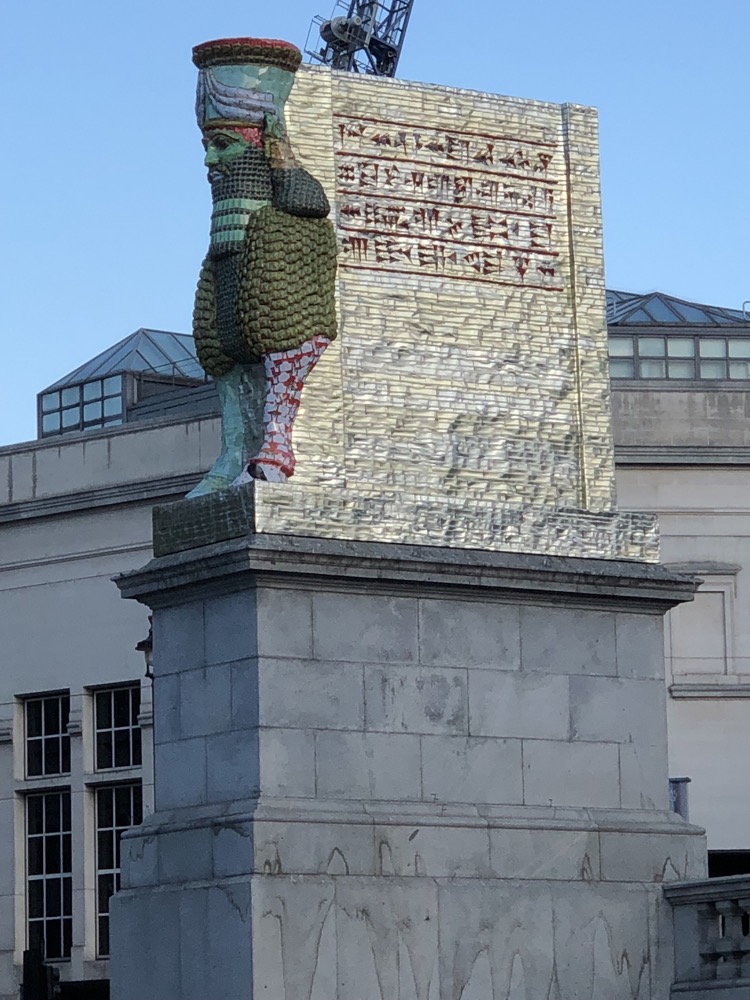
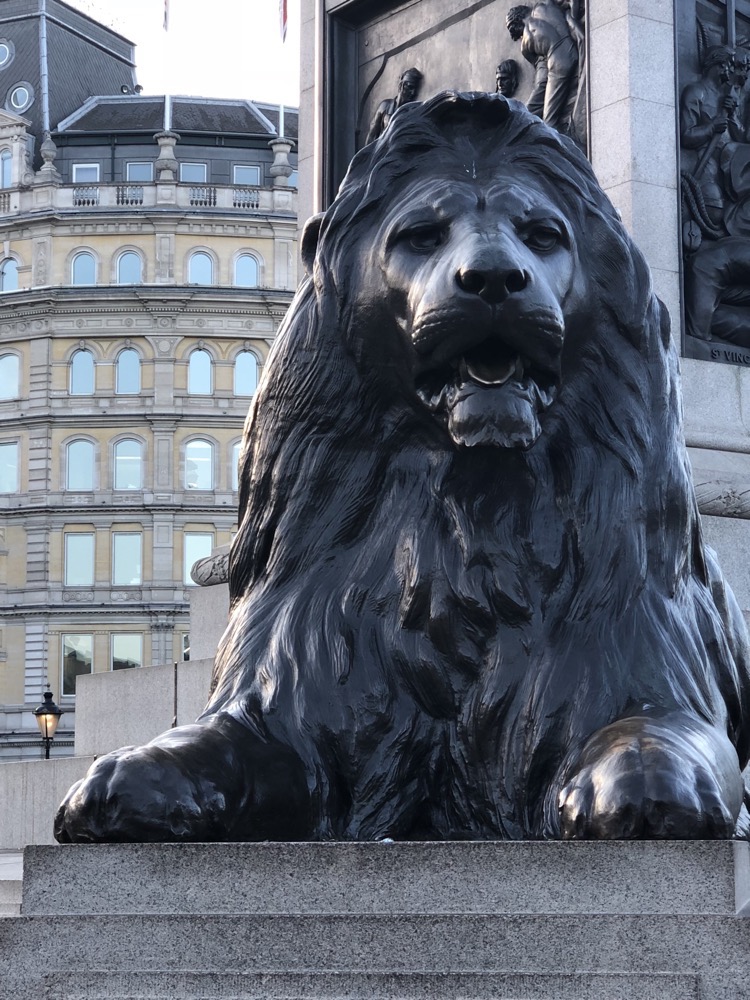
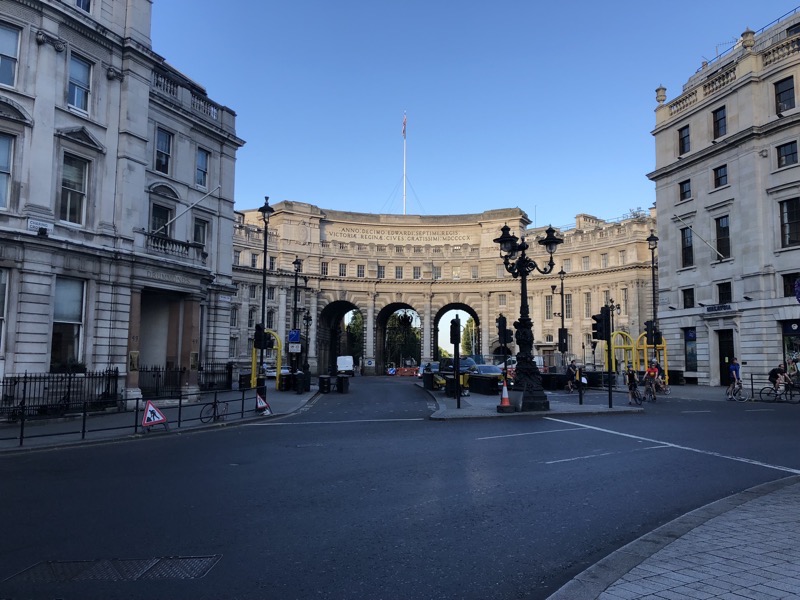
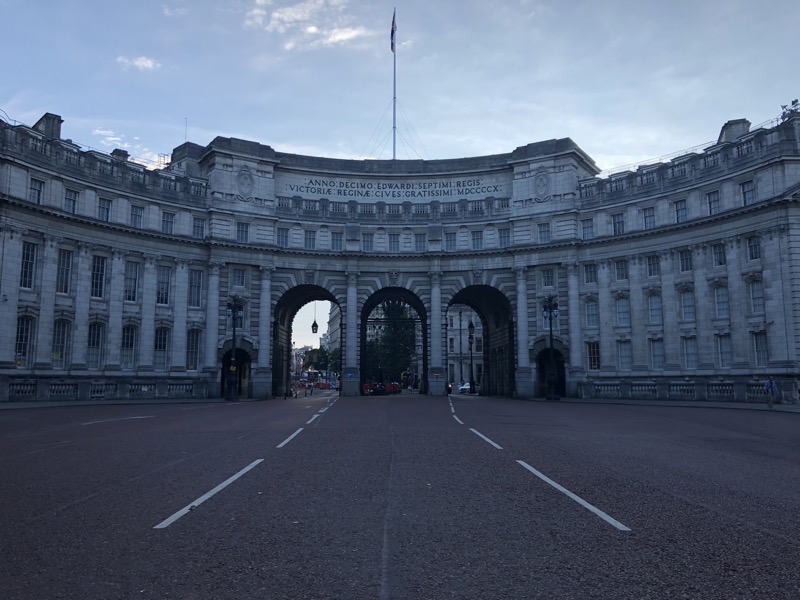
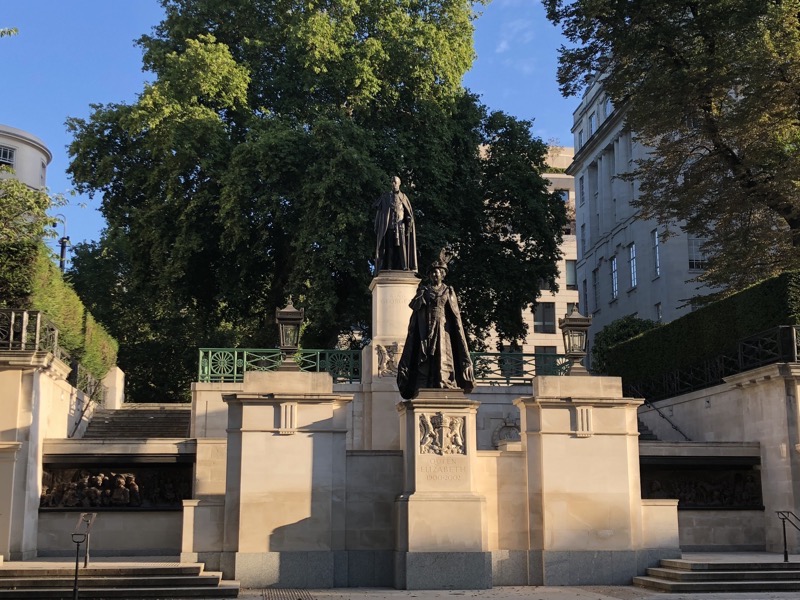
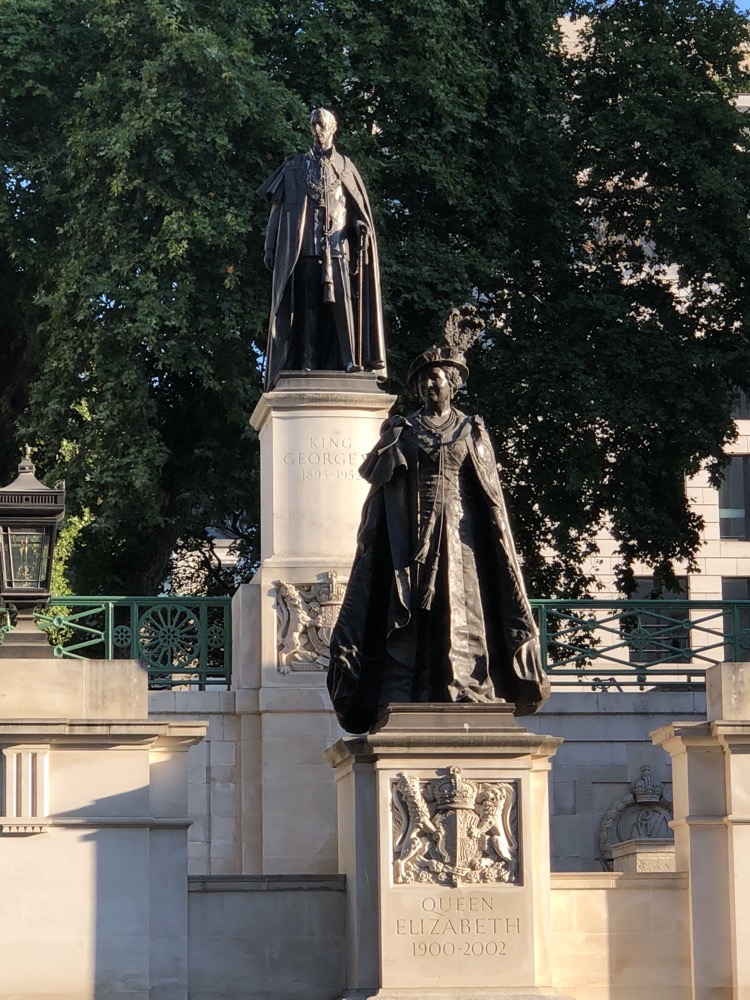
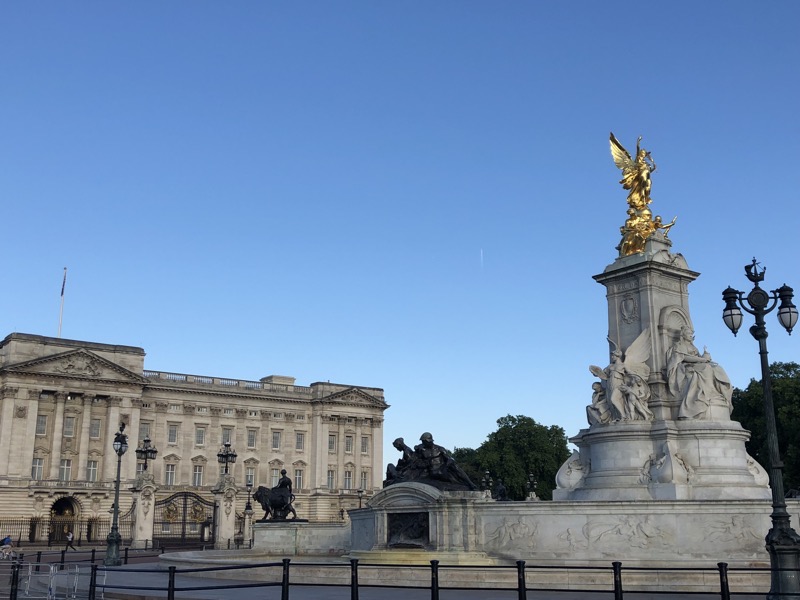
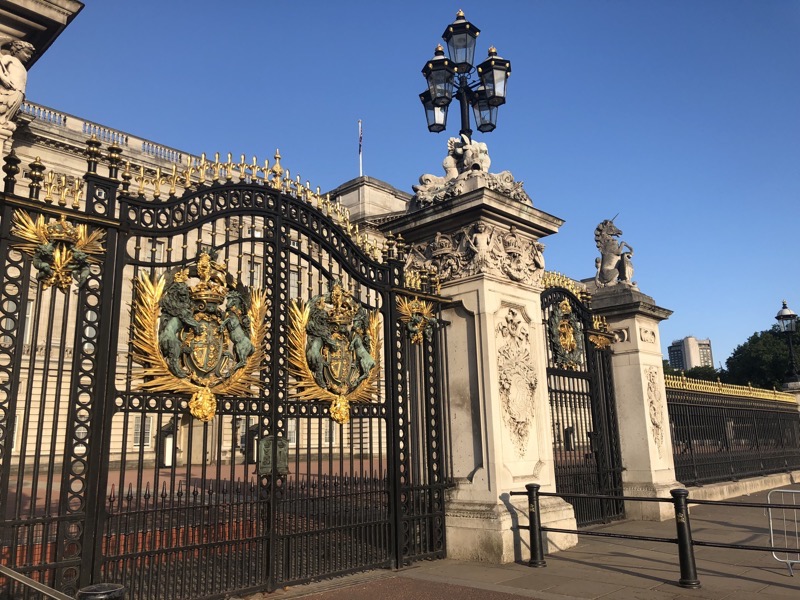
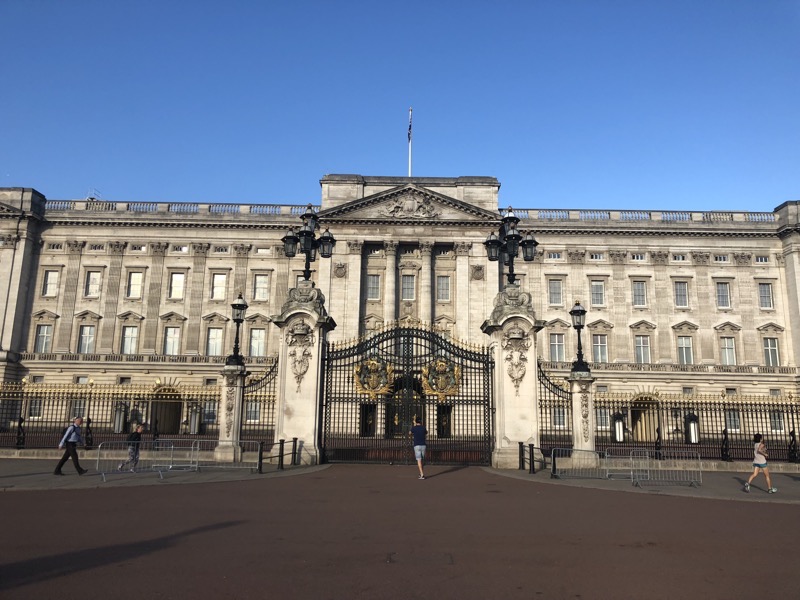
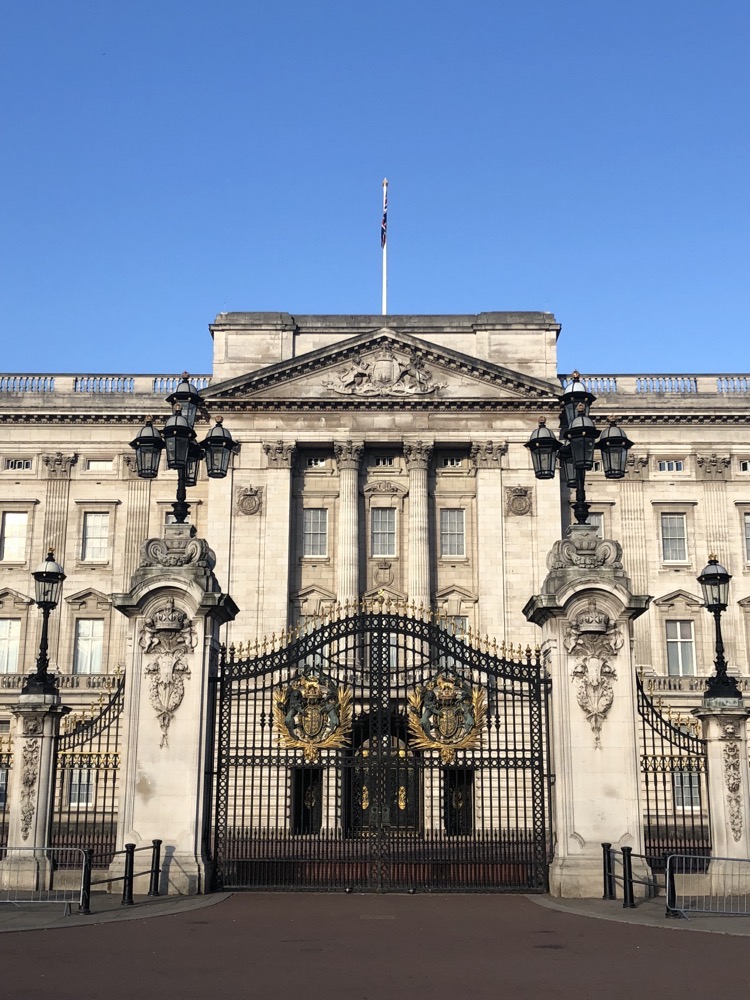
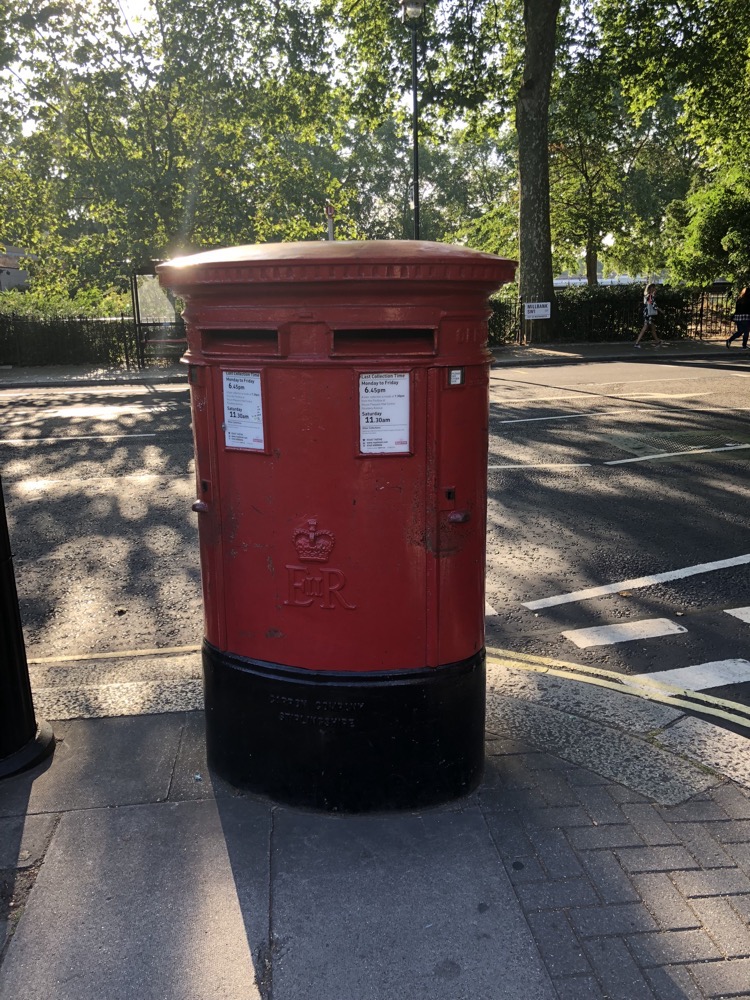
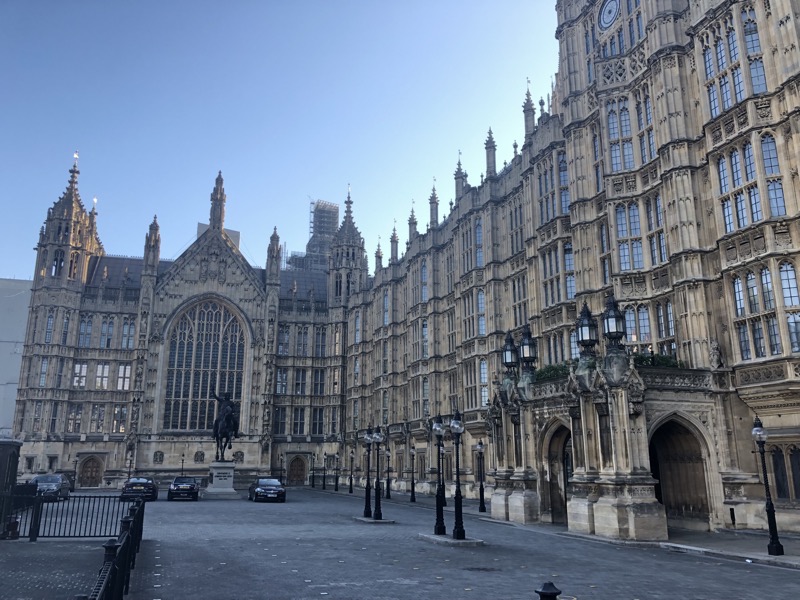
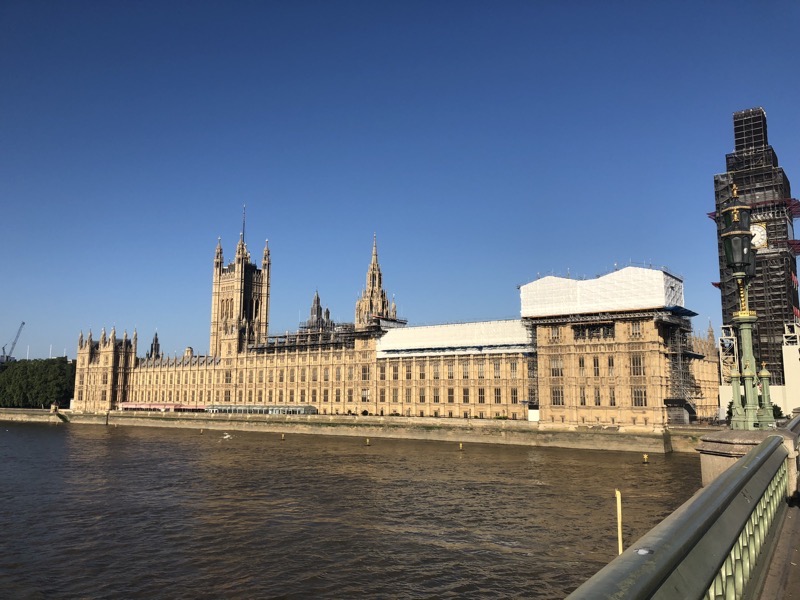 After breakfast though we had planned to go back to try again to get into Westminster Abbey without the huge queue – and we failed dismally. We arrived there at 9:15ish and already there was about an hour long wait, though thankfully it was mostly still in the shadow of the cathedral so not standing around in the direct sun as it would have been on Saturday. The queue was steadily moving but wound itself in around considerably – at one point I had to go find a step to sit on leaving Keith to hold our spaces as my back simply won’t let me stand up for that long, but eventually we got into the Abbey, whereupon we were greeted. By a cash register.
After breakfast though we had planned to go back to try again to get into Westminster Abbey without the huge queue – and we failed dismally. We arrived there at 9:15ish and already there was about an hour long wait, though thankfully it was mostly still in the shadow of the cathedral so not standing around in the direct sun as it would have been on Saturday. The queue was steadily moving but wound itself in around considerably – at one point I had to go find a step to sit on leaving Keith to hold our spaces as my back simply won’t let me stand up for that long, but eventually we got into the Abbey, whereupon we were greeted. By a cash register.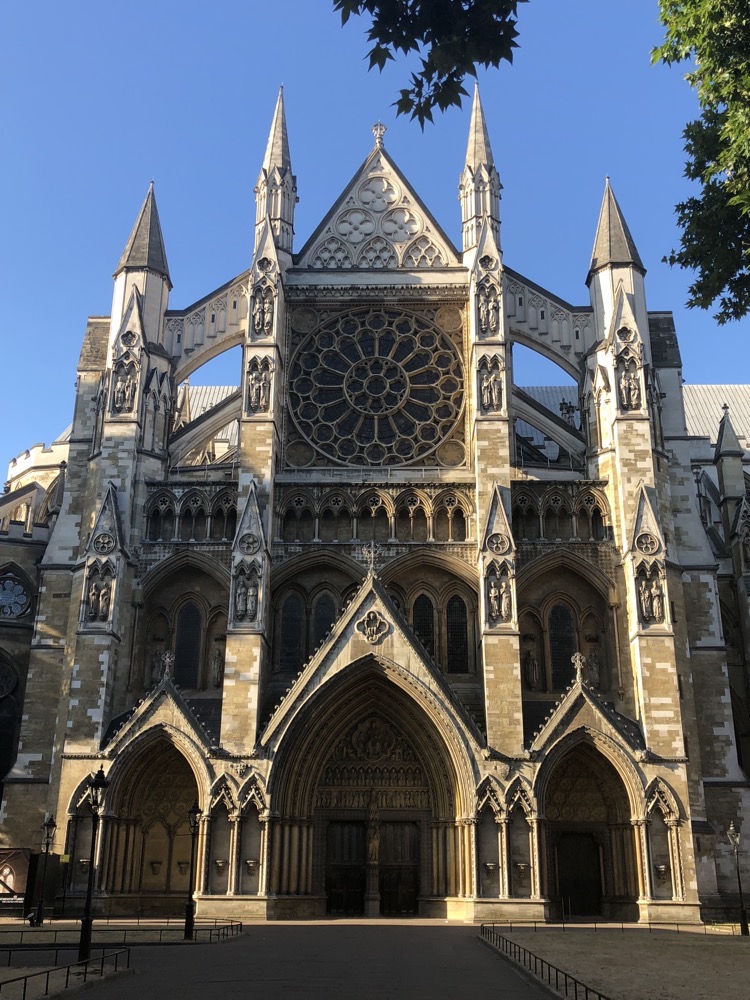
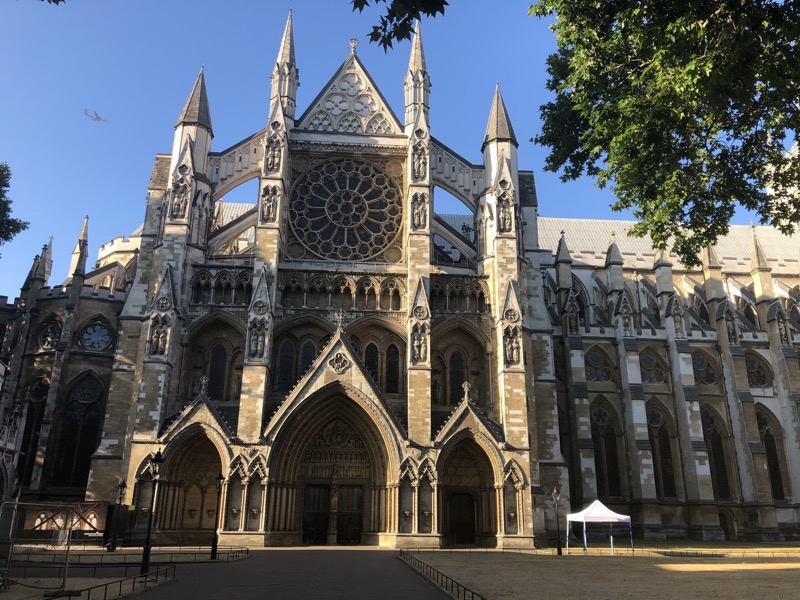
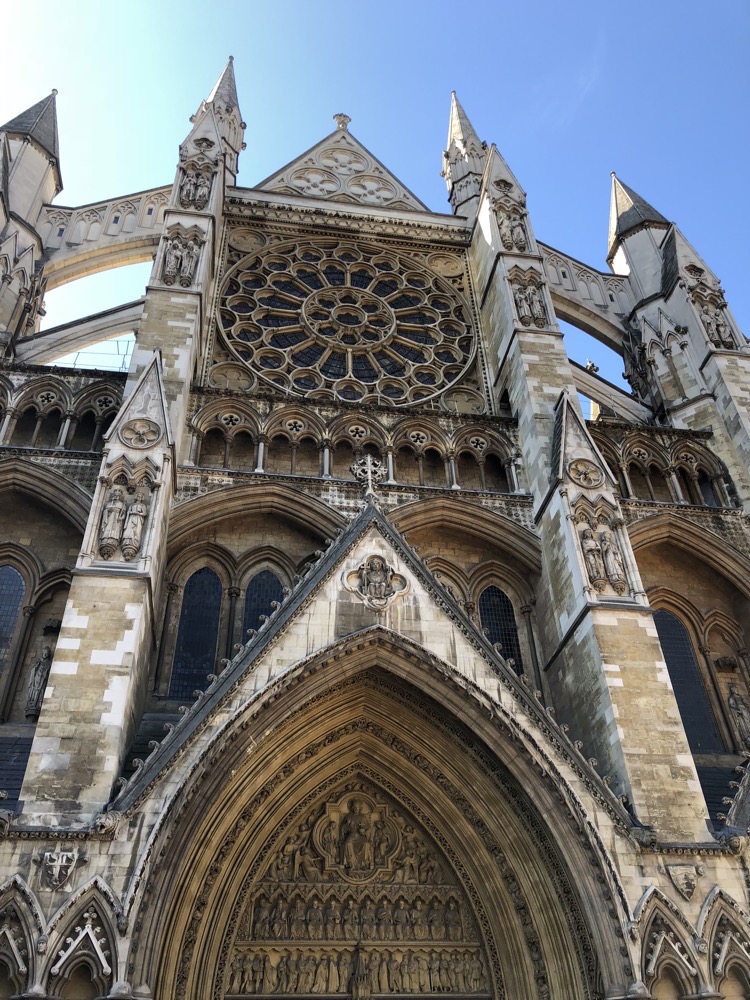 Anyway we go on in and are offered no map or guide booklet, but only an audioguide. Sometimes I think audioguides are okay – they are great for some museums or art galleries and they can be awesome if you are travelling by yourself. However, when you have several hundred people crammed into a medieval church all walking around with their heads stuck up their arses with headphones on listening to an audioguide in umpteen different languages – every single one of them will immediately lose whatever limited situational awareness they previously possessed and turn into bimbling idiots. You have people bumping into each other, stepping back to look up at something and standing on each others feet and almost knocking each other over, swinging around to see something and bumping their stupid back packs into other visitors – or worse into ancient funereal monuments! They’re cheek to jowl shuffling along only half listening, with a slack jawed unengaged and bored expression on their face. Audioguides seriously suck in these tight, crowded environments. Not only do they make for extremely inconsiderate visitors but they actually slow down the progression of the people moving through the spaces. People will slow down to listen to the audioguide at a designated point and not move through until they get told to do so – even if none of what they are listening to is relevant or interesting to them, as audioguides inherently cause people to worry that they may miss something ‘important’.
Anyway we go on in and are offered no map or guide booklet, but only an audioguide. Sometimes I think audioguides are okay – they are great for some museums or art galleries and they can be awesome if you are travelling by yourself. However, when you have several hundred people crammed into a medieval church all walking around with their heads stuck up their arses with headphones on listening to an audioguide in umpteen different languages – every single one of them will immediately lose whatever limited situational awareness they previously possessed and turn into bimbling idiots. You have people bumping into each other, stepping back to look up at something and standing on each others feet and almost knocking each other over, swinging around to see something and bumping their stupid back packs into other visitors – or worse into ancient funereal monuments! They’re cheek to jowl shuffling along only half listening, with a slack jawed unengaged and bored expression on their face. Audioguides seriously suck in these tight, crowded environments. Not only do they make for extremely inconsiderate visitors but they actually slow down the progression of the people moving through the spaces. People will slow down to listen to the audioguide at a designated point and not move through until they get told to do so – even if none of what they are listening to is relevant or interesting to them, as audioguides inherently cause people to worry that they may miss something ‘important’.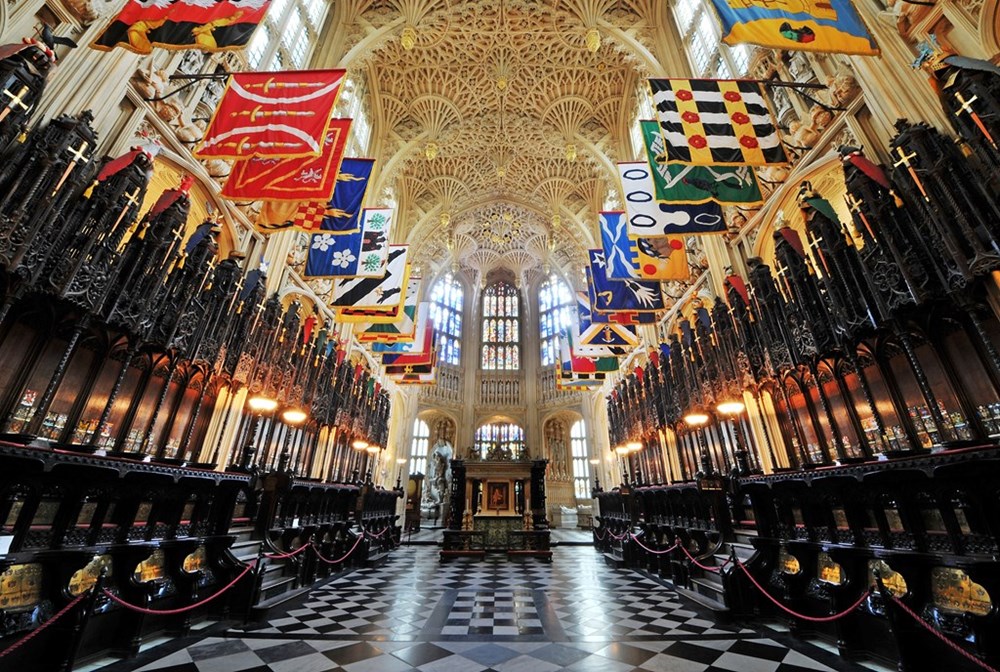
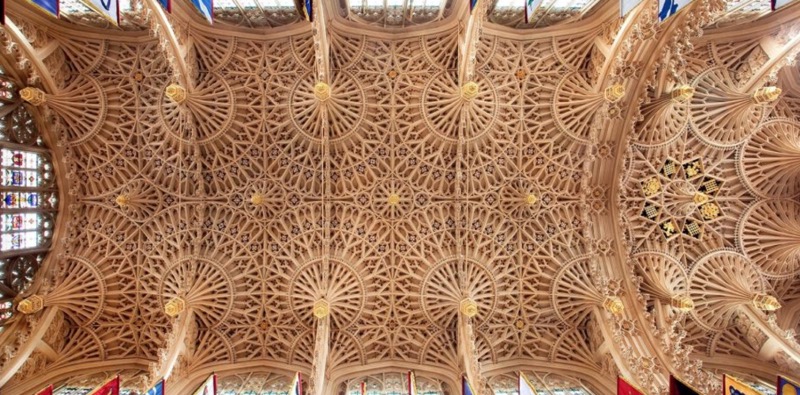
 Another lovely newer inclusion was Stephen Hawkings memorial marker… and a very helpful Abbey volunteer who was saying repeatedly, “Here, underfoot is Charles Darwin to your left is Stephen Hawking”.
Another lovely newer inclusion was Stephen Hawkings memorial marker… and a very helpful Abbey volunteer who was saying repeatedly, “Here, underfoot is Charles Darwin to your left is Stephen Hawking”.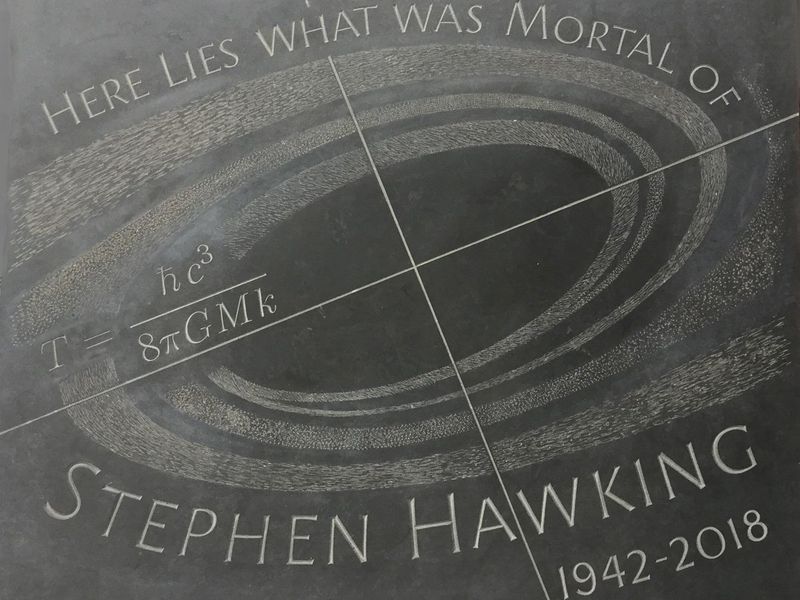 After seeing all the tombs and monuments – Elizabeth I, Mary I, Mary Queen of Scots, the Poet’s corner (wonder if a memorial to J K Rowling will end up in there one day right next to Anthony Trollope or Shakespeare? #showerthoughts) we went out through the Cloisters and the obligatory gift shop.
After seeing all the tombs and monuments – Elizabeth I, Mary I, Mary Queen of Scots, the Poet’s corner (wonder if a memorial to J K Rowling will end up in there one day right next to Anthony Trollope or Shakespeare? #showerthoughts) we went out through the Cloisters and the obligatory gift shop.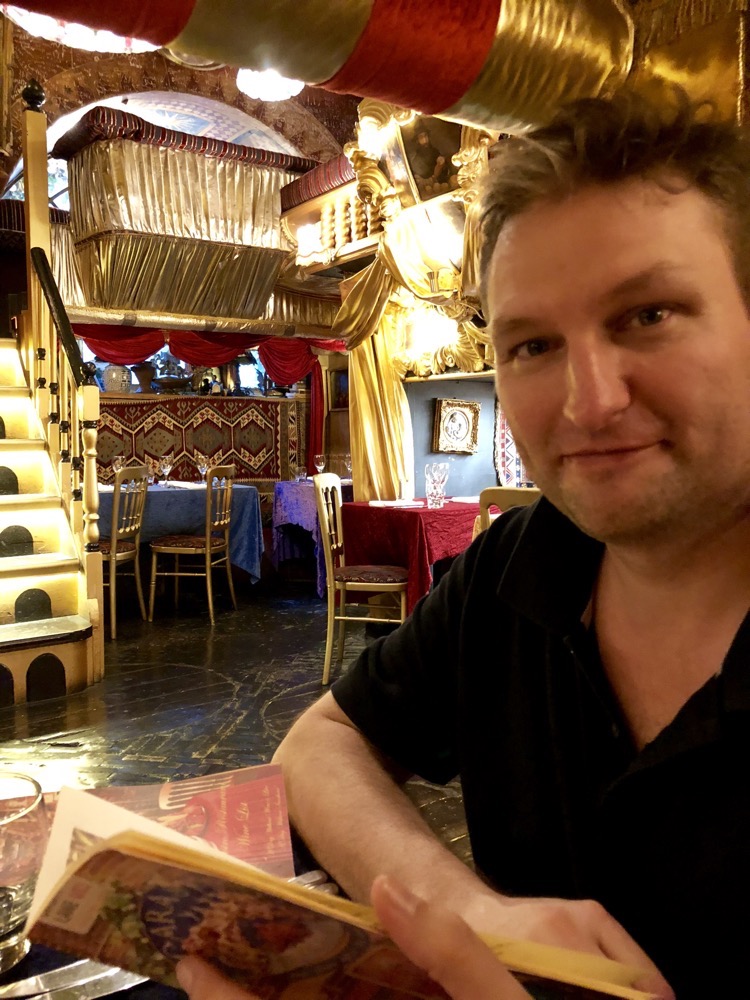
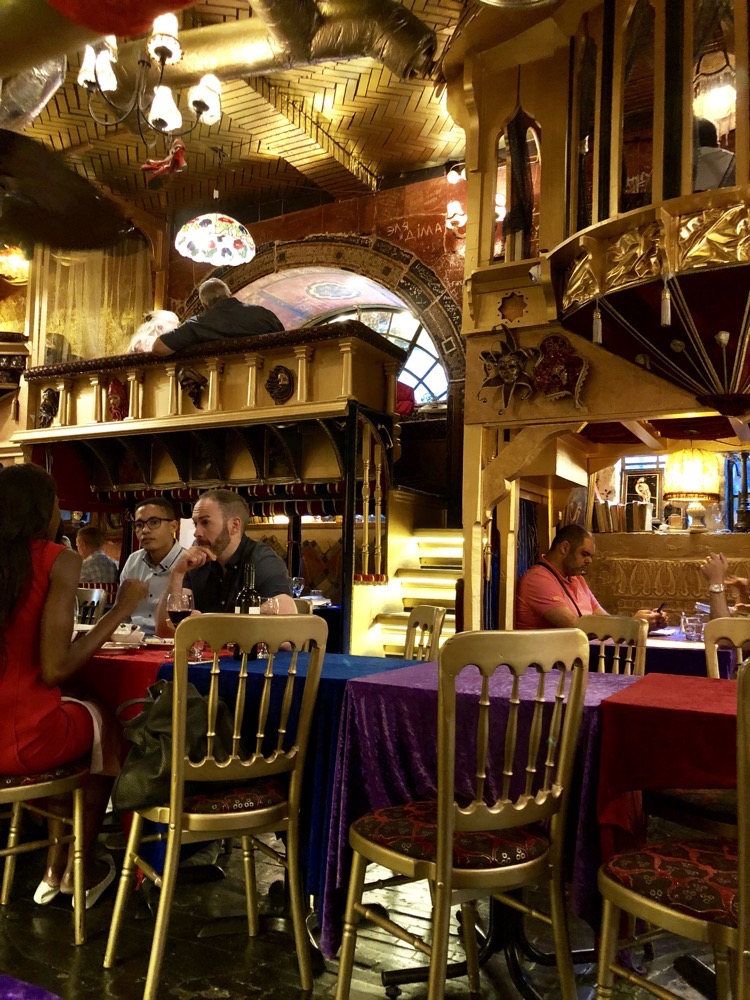
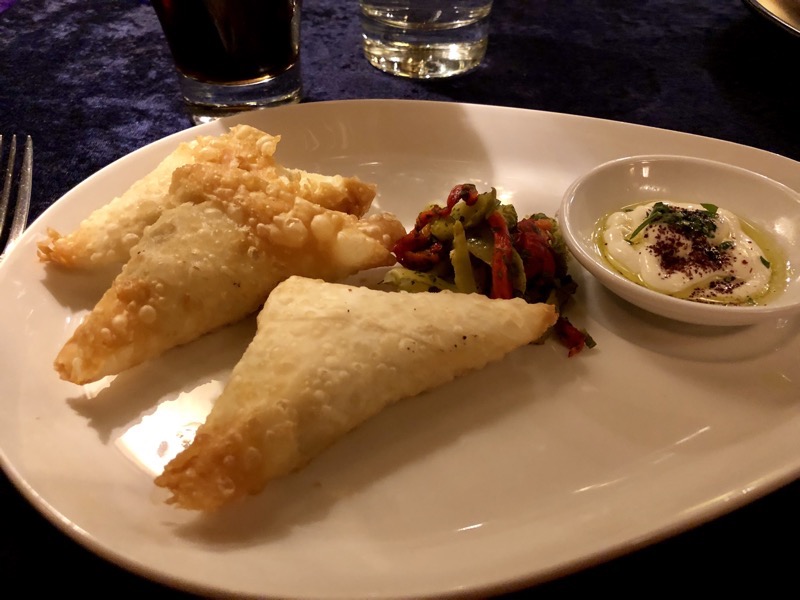
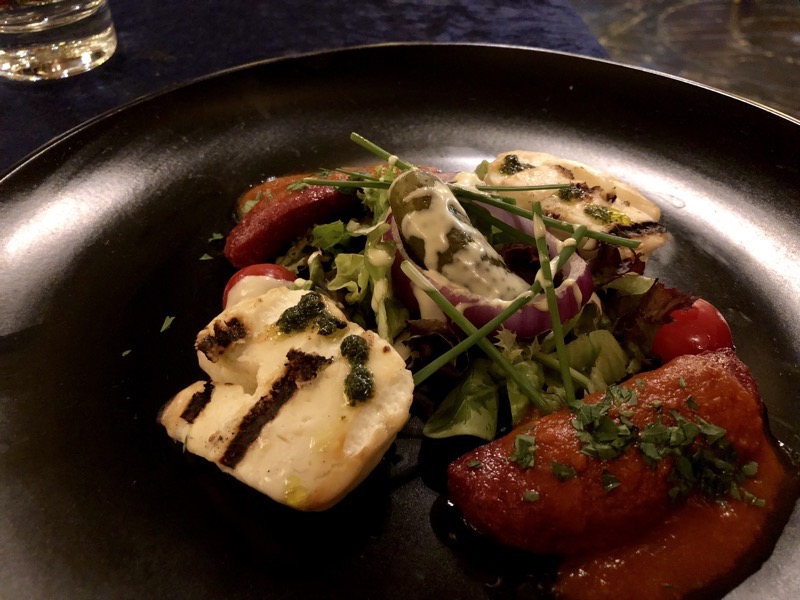
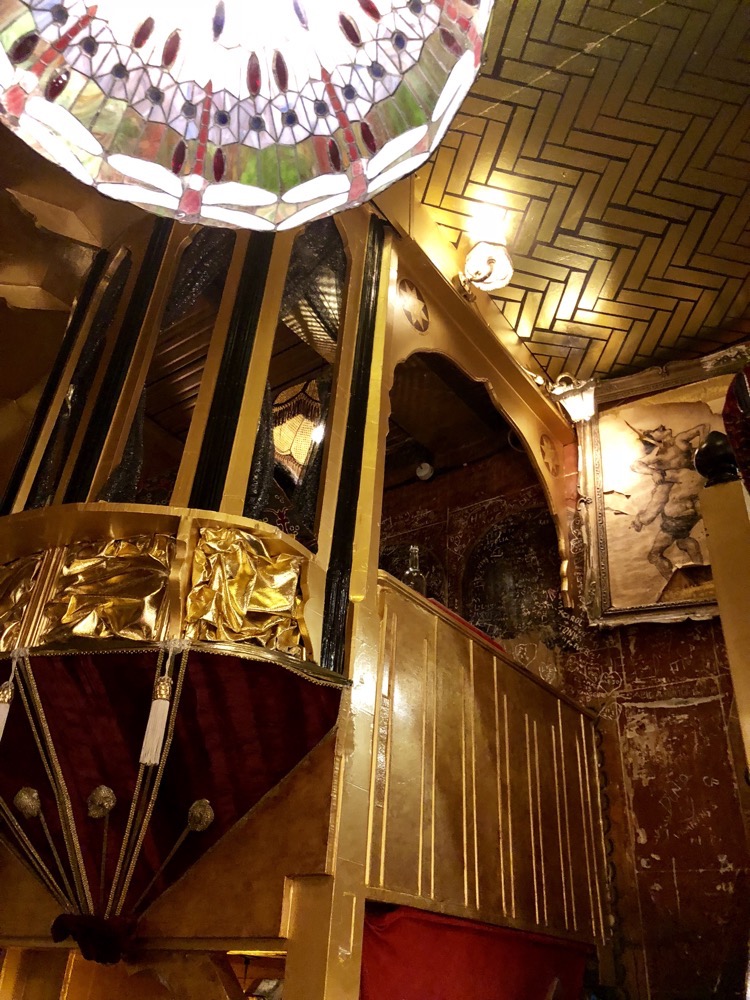
 After our lovely meal, we went for a wander down past the Aldwych Theatre which is currently showing ‘Tina – The Tina Turner Musical’ (which is neither here nor there but we were just contemplating who on earth they could have found to belt out Tina Turner tunes all night, every night in a musical version of her life/career), when we saw a fox cross The Strand heading towards Drury Lane or possibly heading to the Waldorf Hilton. A fox. We saw an actual (presumably wild) fox crossing the street in central London – and all I could think was, ‘I bet she’s not impressed with this heat either’.
After our lovely meal, we went for a wander down past the Aldwych Theatre which is currently showing ‘Tina – The Tina Turner Musical’ (which is neither here nor there but we were just contemplating who on earth they could have found to belt out Tina Turner tunes all night, every night in a musical version of her life/career), when we saw a fox cross The Strand heading towards Drury Lane or possibly heading to the Waldorf Hilton. A fox. We saw an actual (presumably wild) fox crossing the street in central London – and all I could think was, ‘I bet she’s not impressed with this heat either’.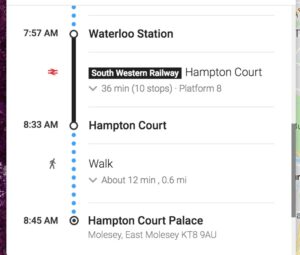 We had a great day wandering about – saw all the things, experienced all the exhibitions and even took a dray ride around the park (it’s quite hot for London – and London does not deal with heat; air conditioning in these old buildings would be impossible).
We had a great day wandering about – saw all the things, experienced all the exhibitions and even took a dray ride around the park (it’s quite hot for London – and London does not deal with heat; air conditioning in these old buildings would be impossible).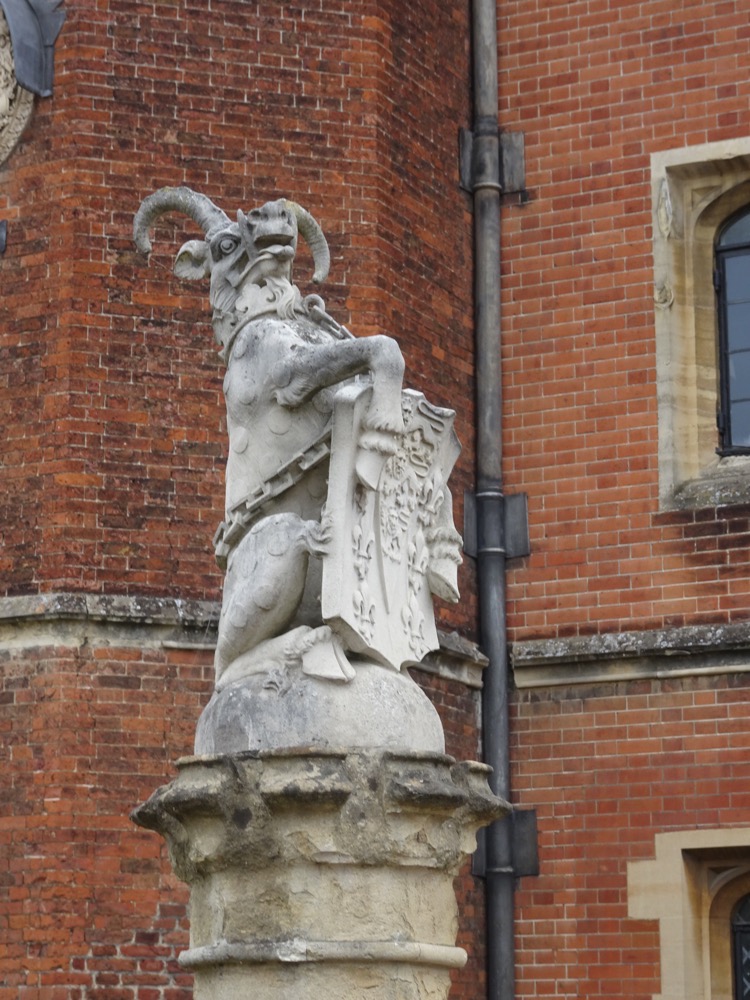
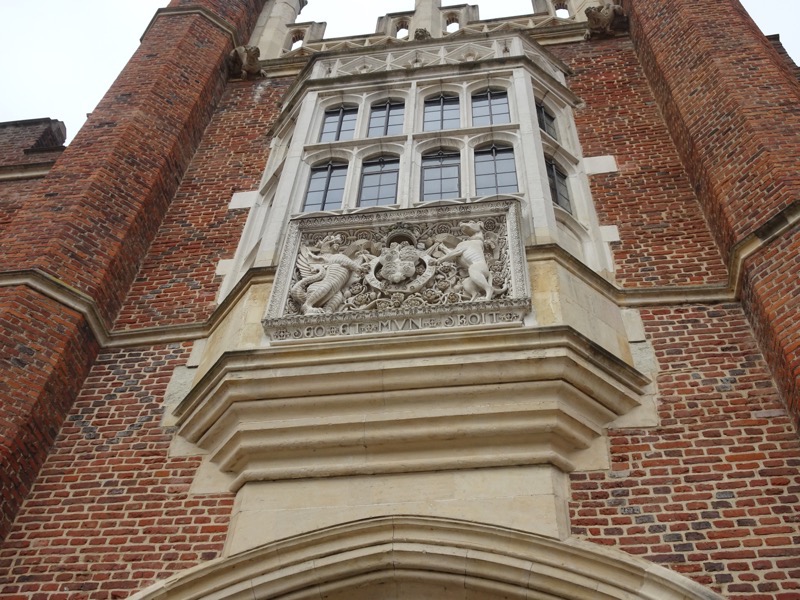
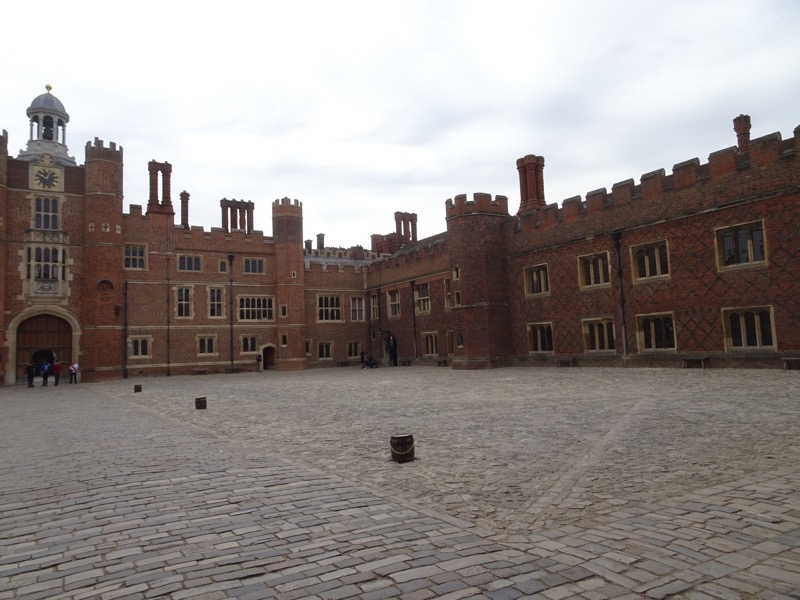
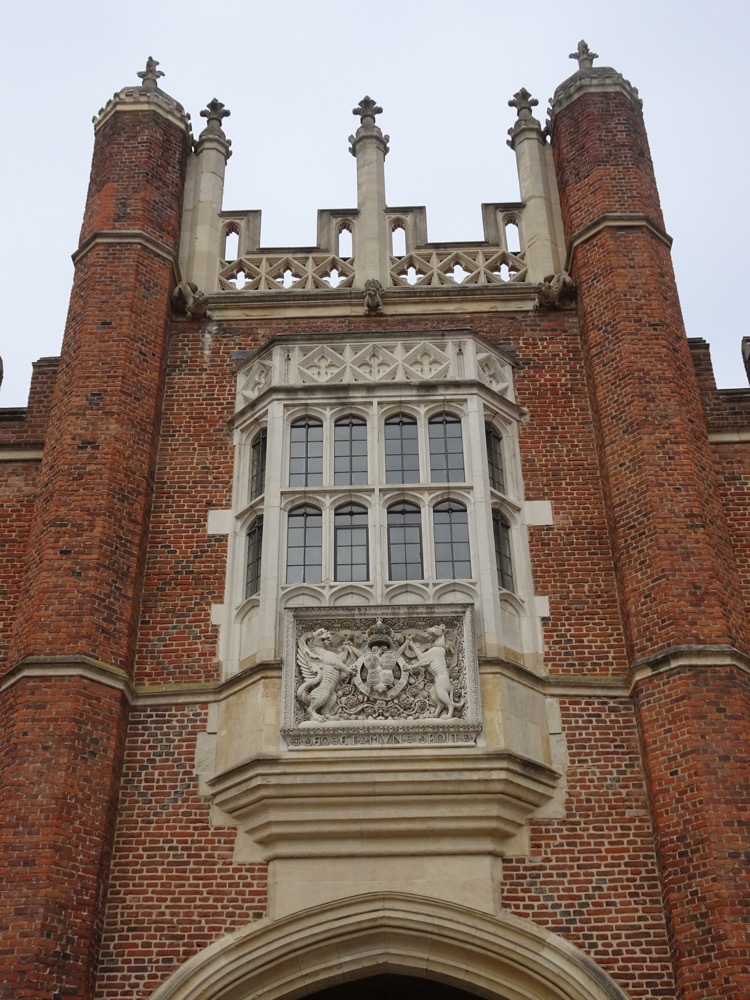
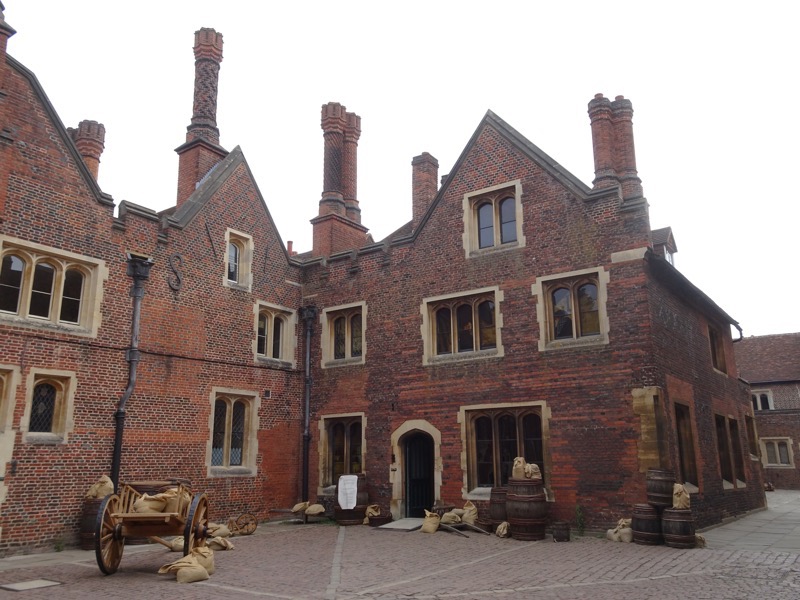
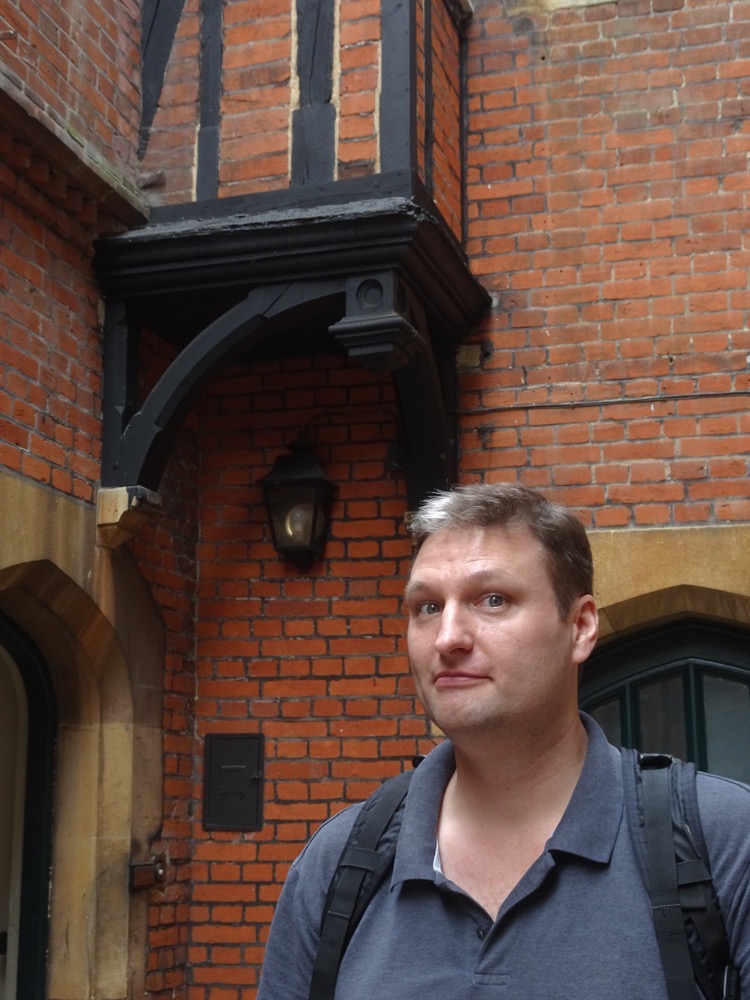
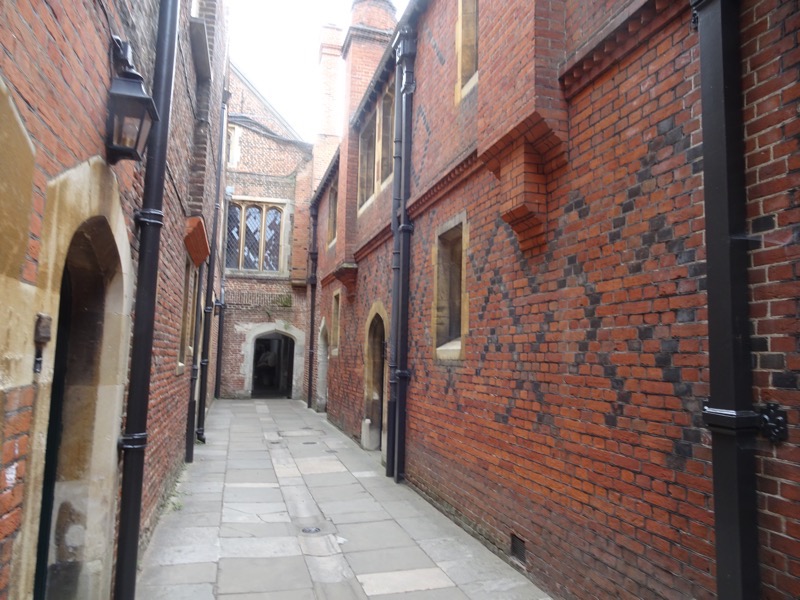 Tudor Kitchens
Tudor Kitchens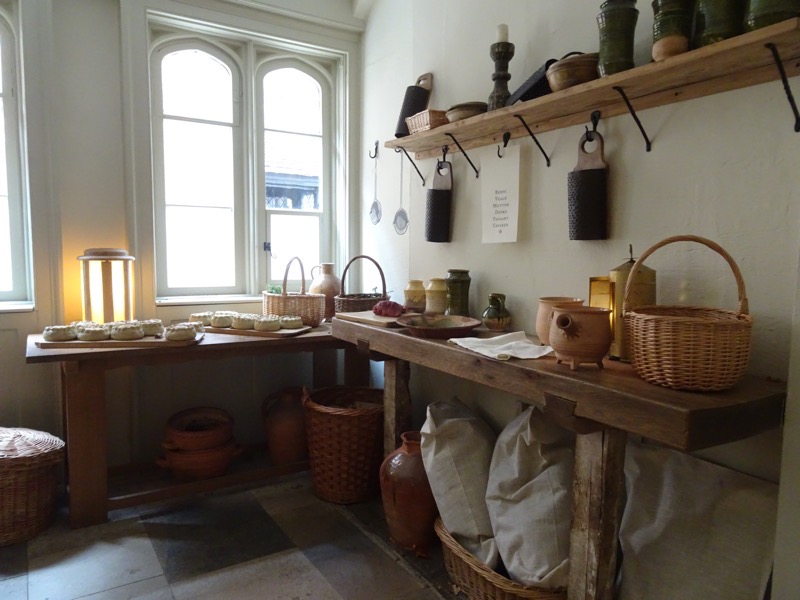
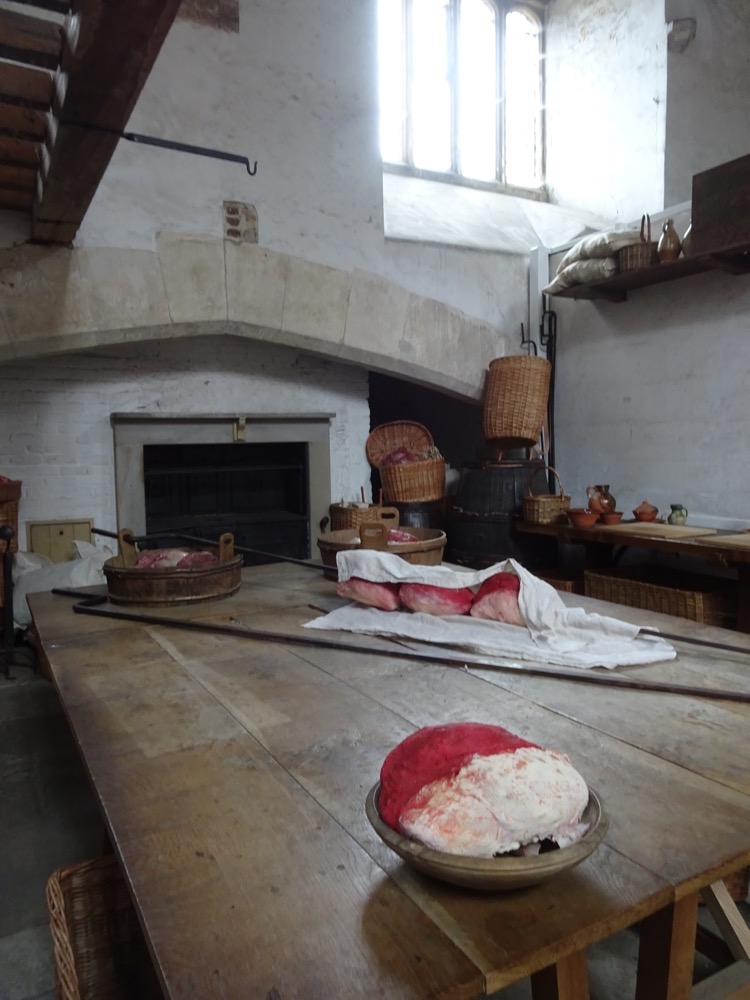
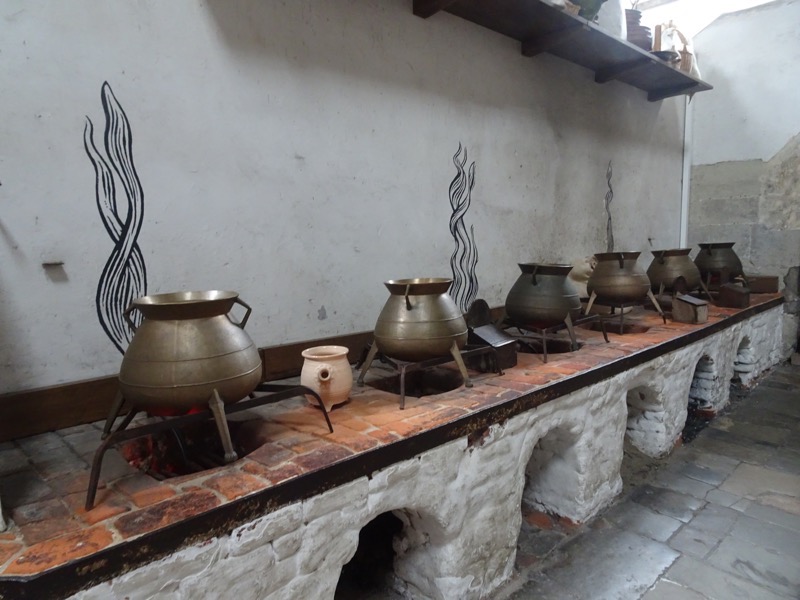
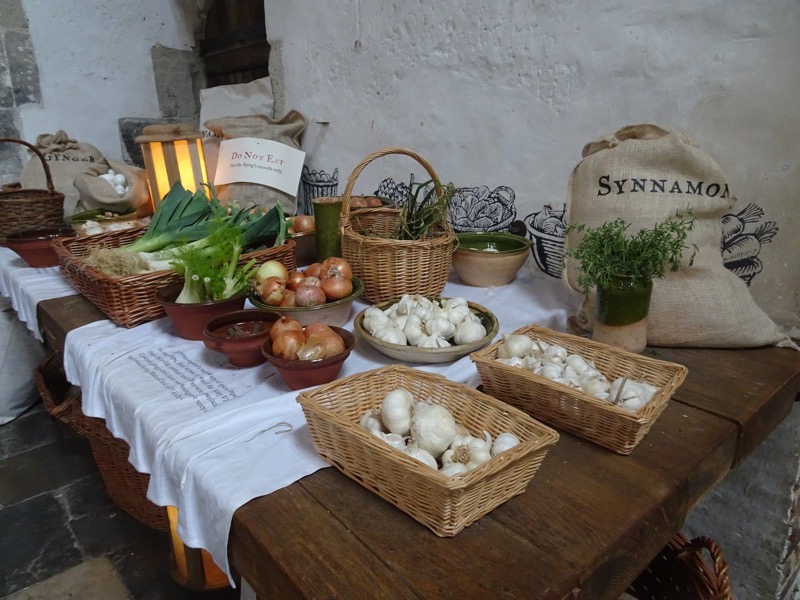
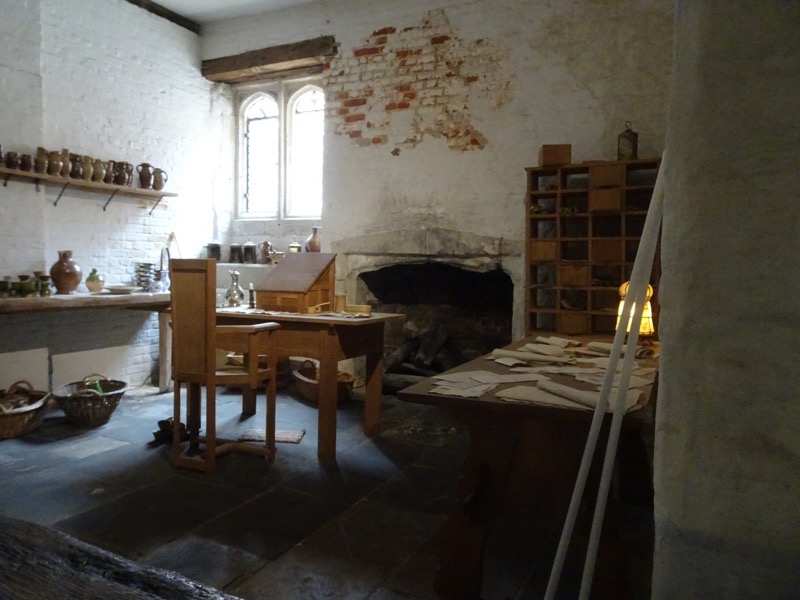
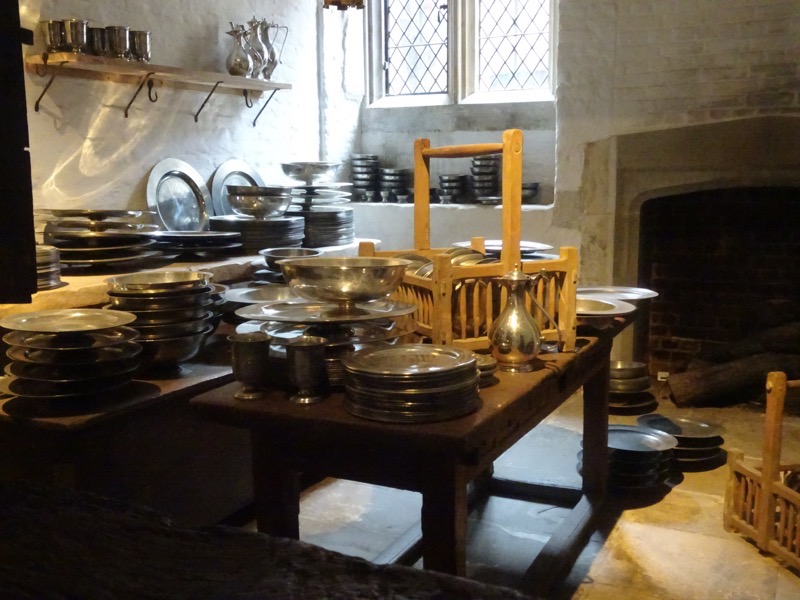
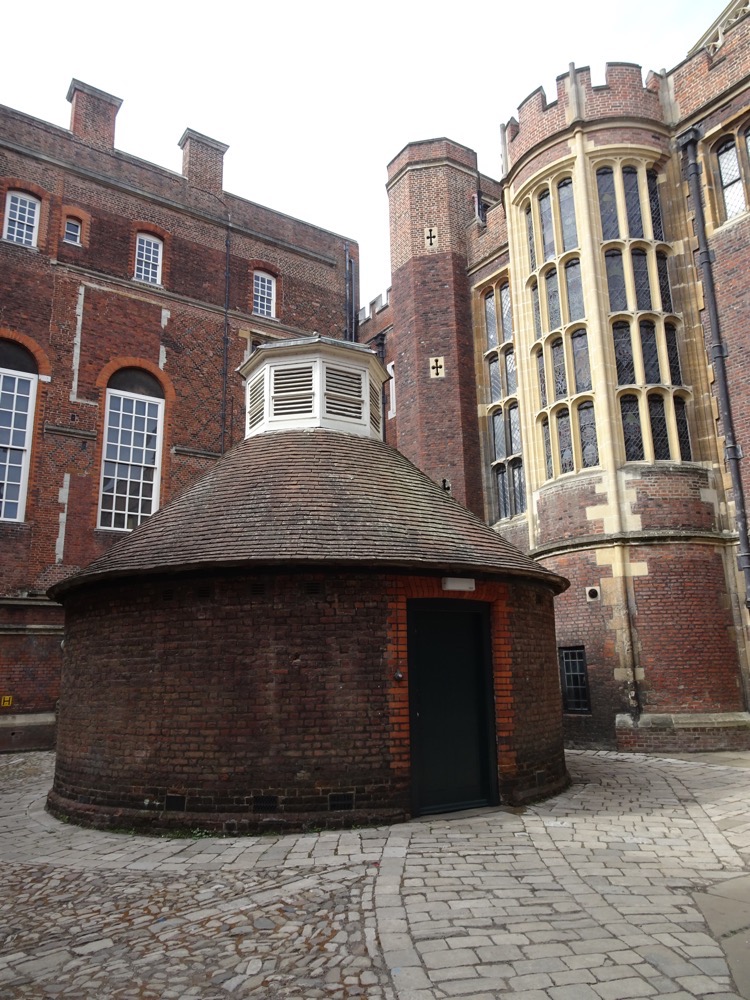
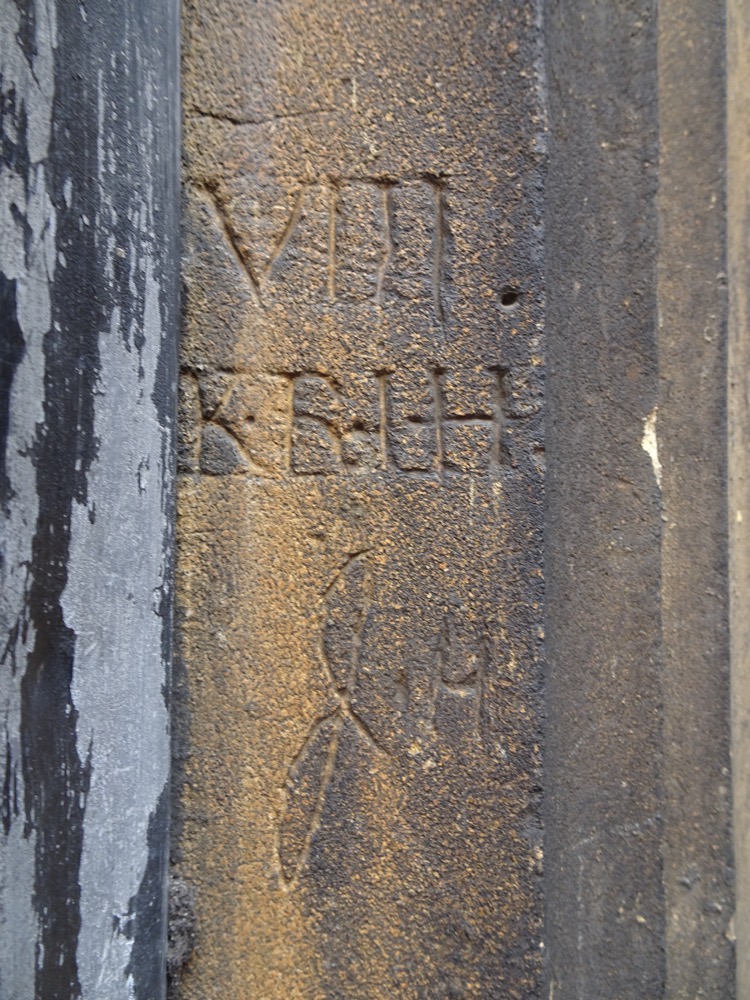 Kitchen herb gardens
Kitchen herb gardens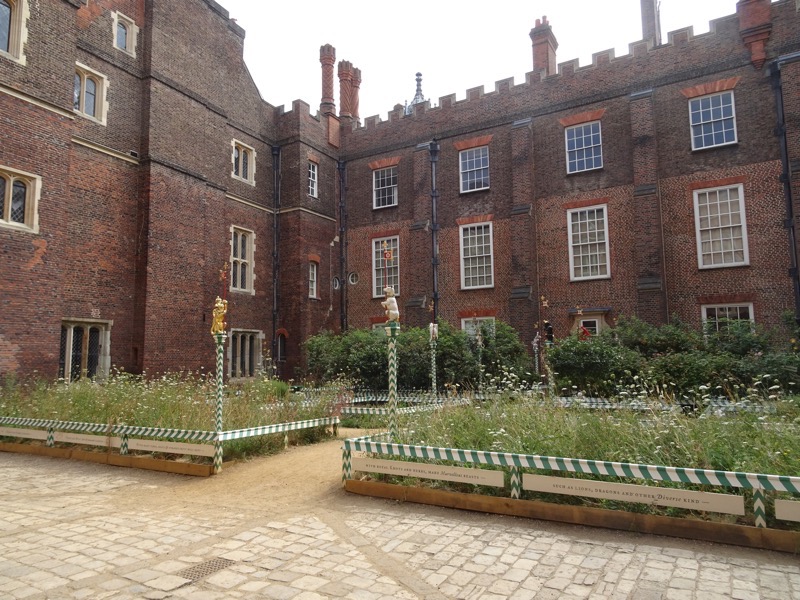
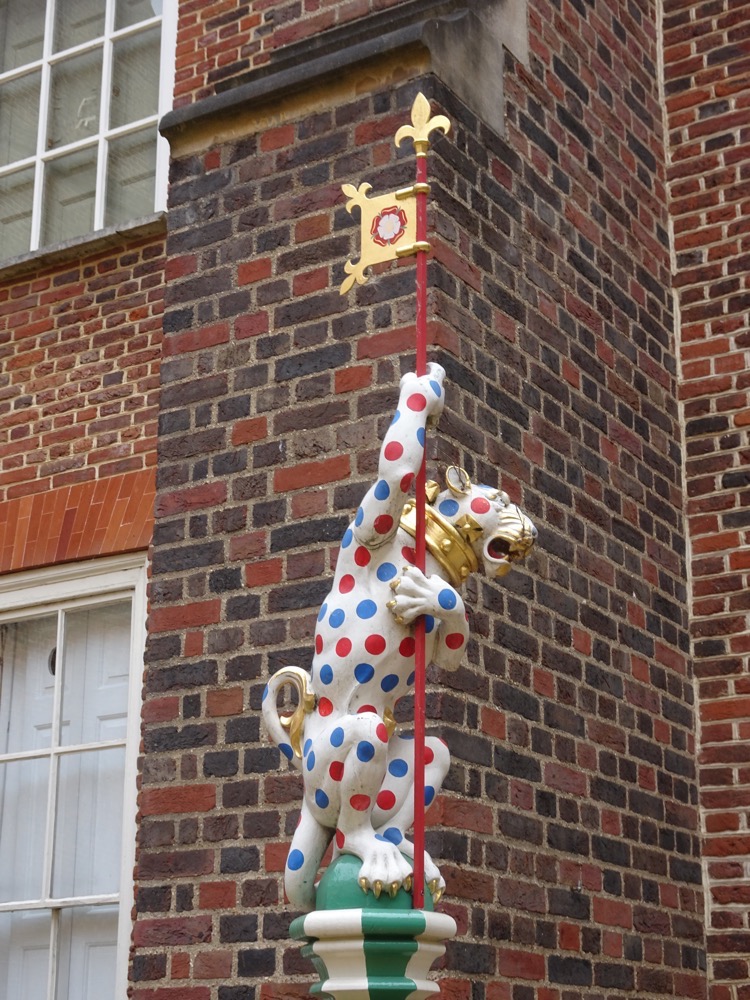 Formal fountain courtyard added during the William and Mary extension to the Palace.
Formal fountain courtyard added during the William and Mary extension to the Palace.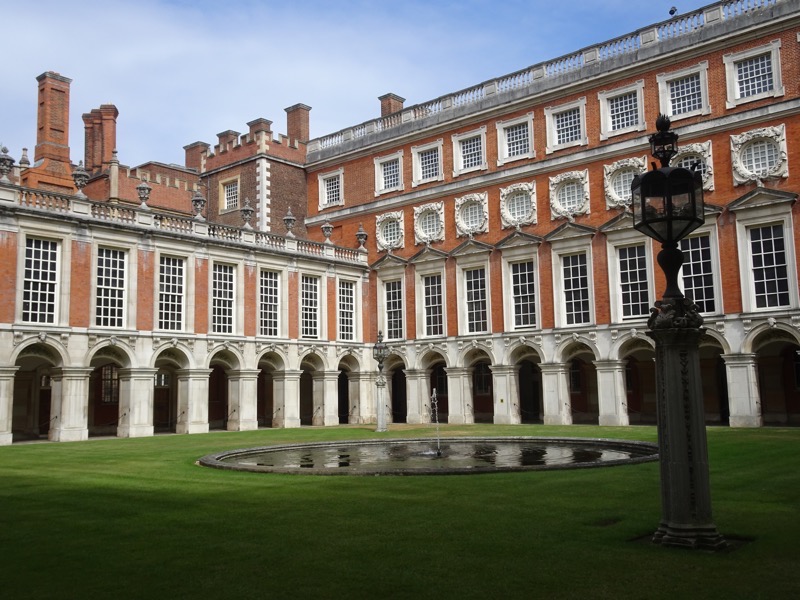
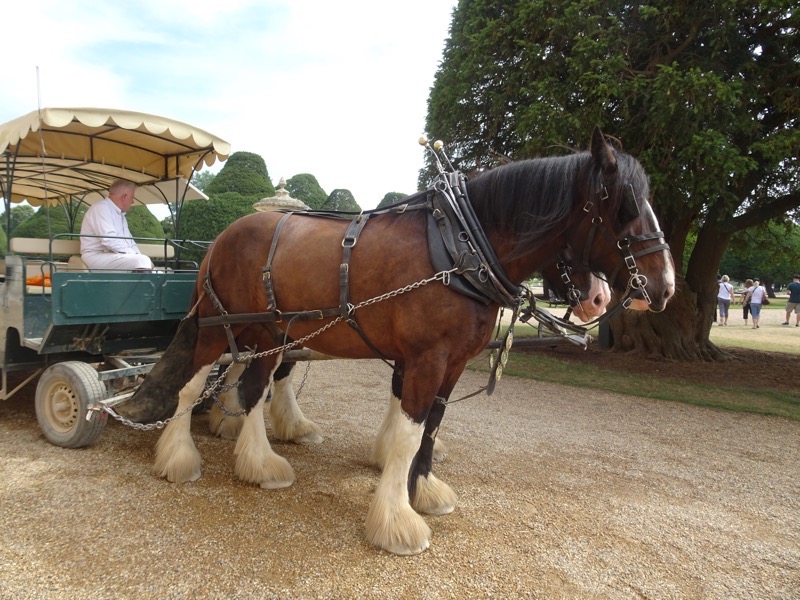
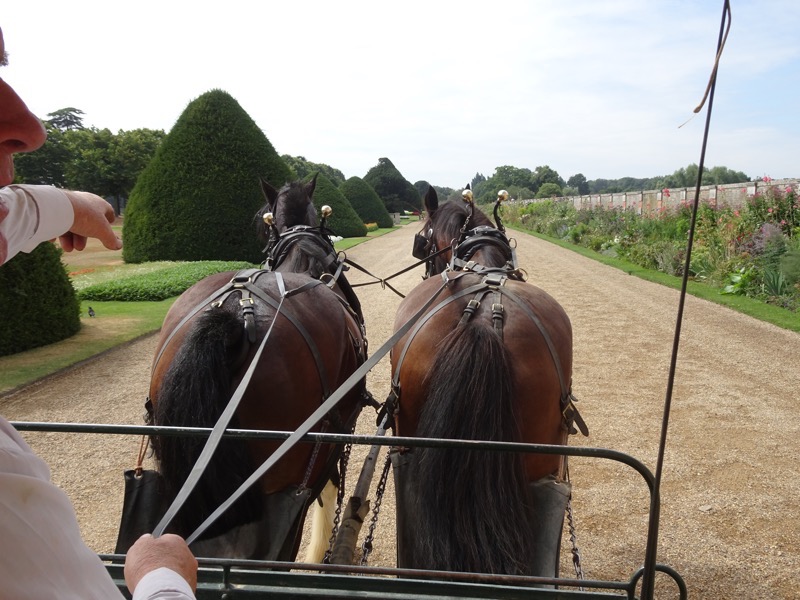
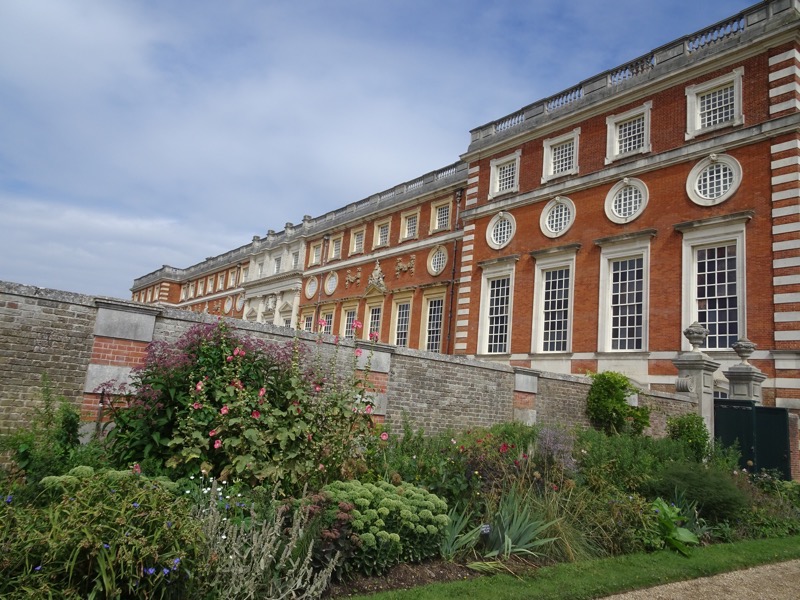
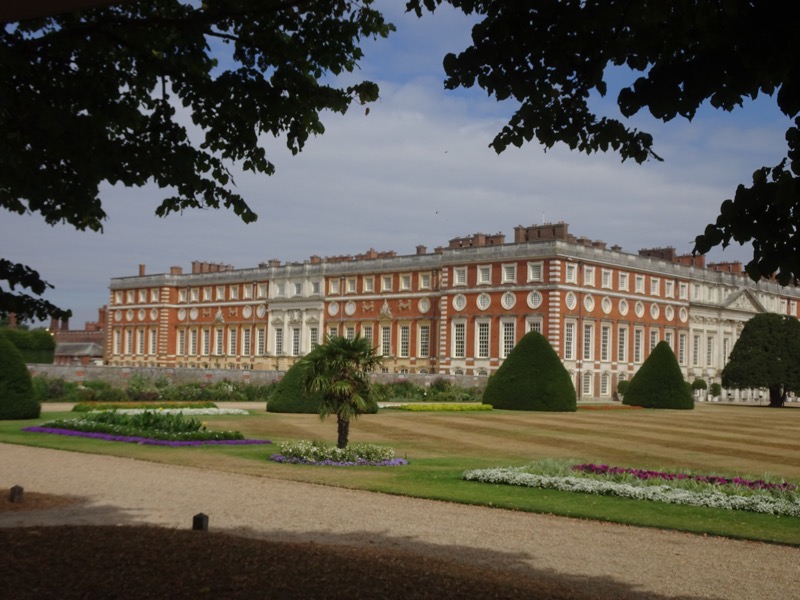 Astronomical clock… no cuckoos much to Mr K’s dismay.
Astronomical clock… no cuckoos much to Mr K’s dismay.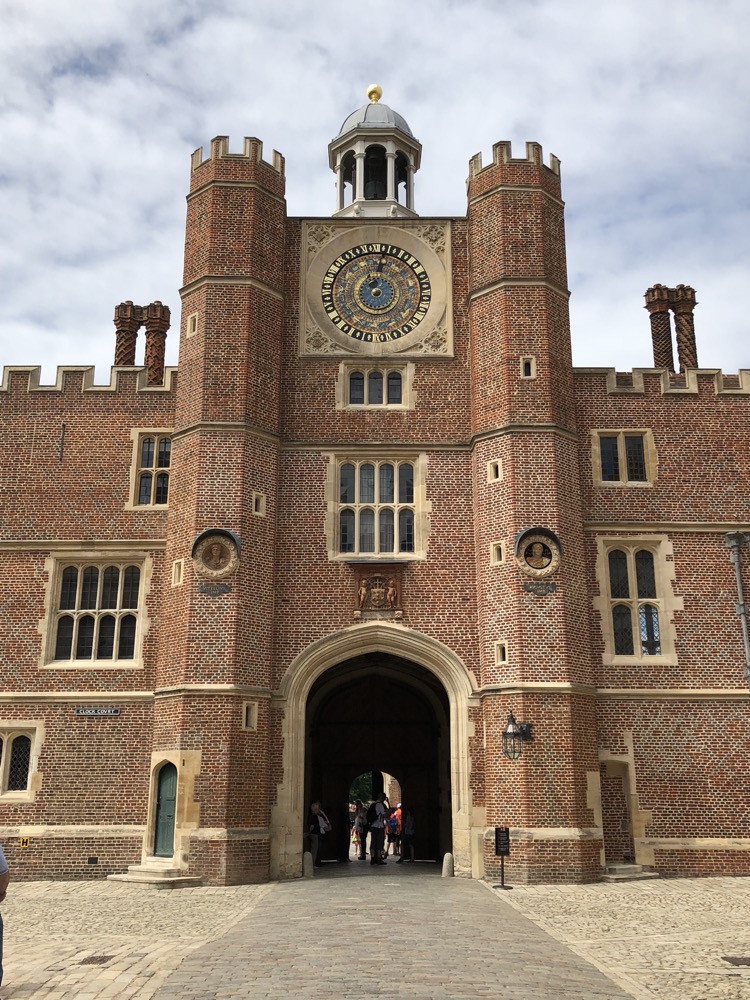
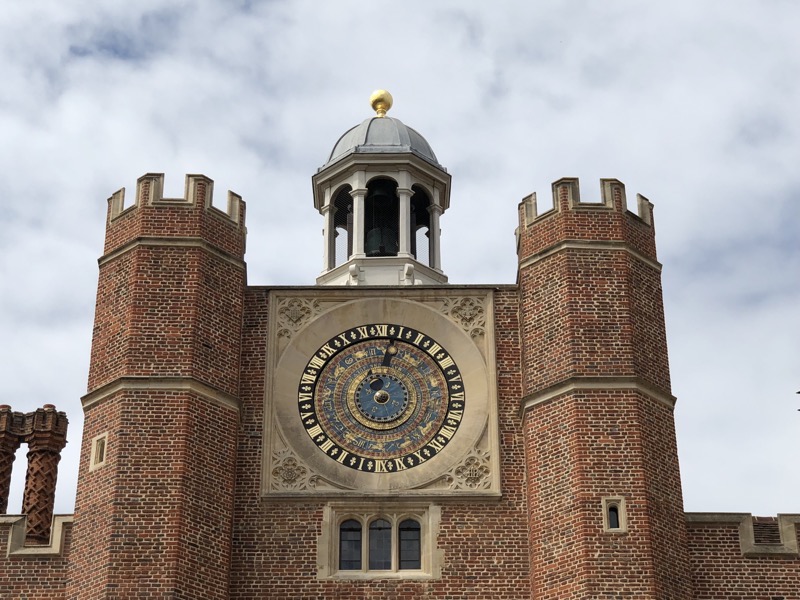
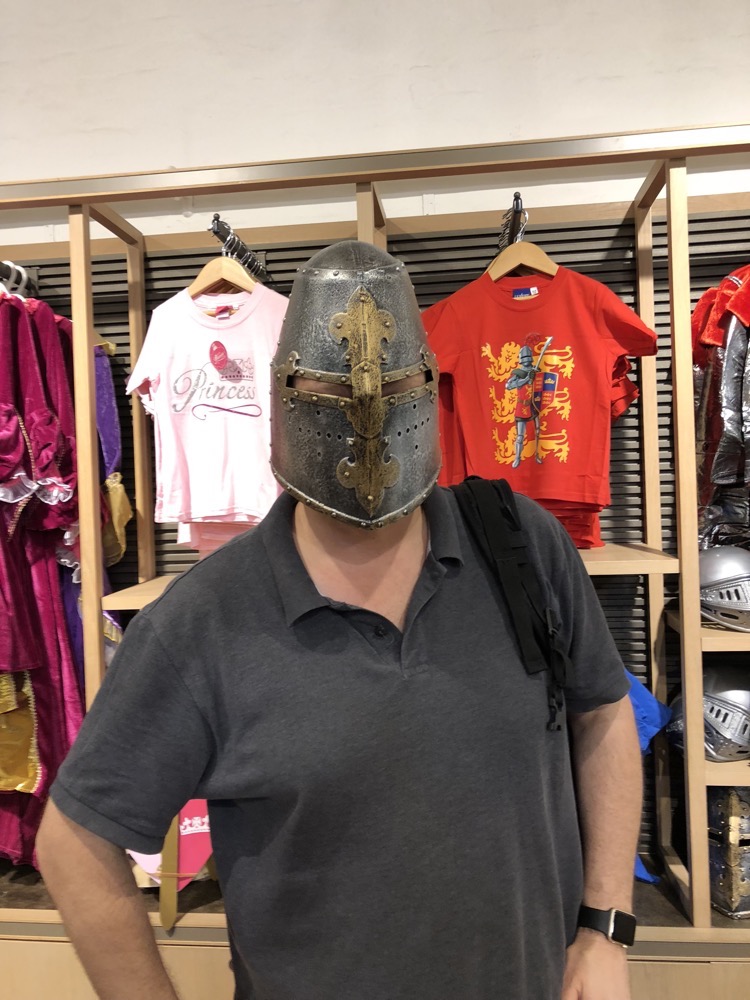 Entrance to William’s appartments – whereupon, my camera battery went dead. I felt like ever such an unaccomplished tourist to suffer such a rookie mistake. AND to add insult to injury I didn’t have a micro-USB to charge it up on the go either. Urgh.
Entrance to William’s appartments – whereupon, my camera battery went dead. I felt like ever such an unaccomplished tourist to suffer such a rookie mistake. AND to add insult to injury I didn’t have a micro-USB to charge it up on the go either. Urgh.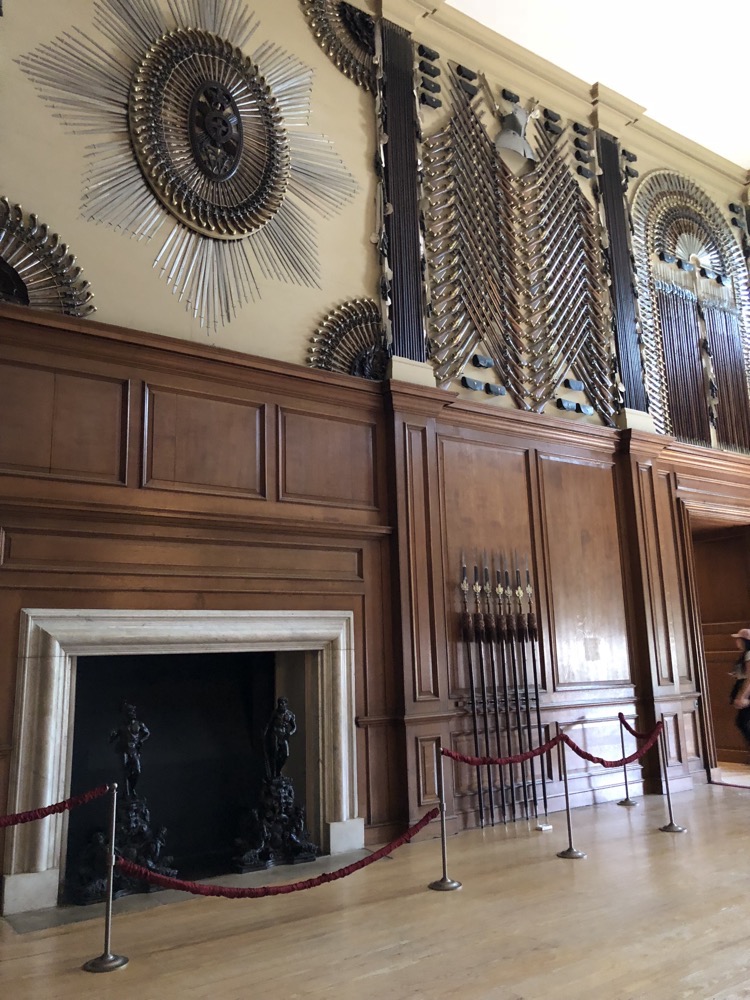
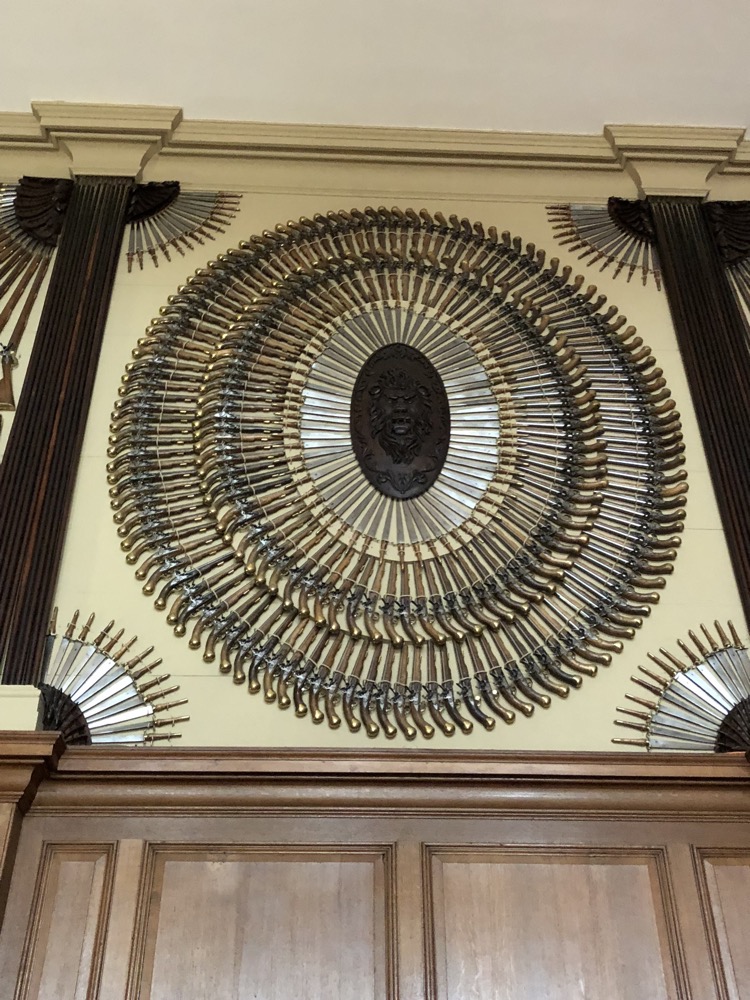
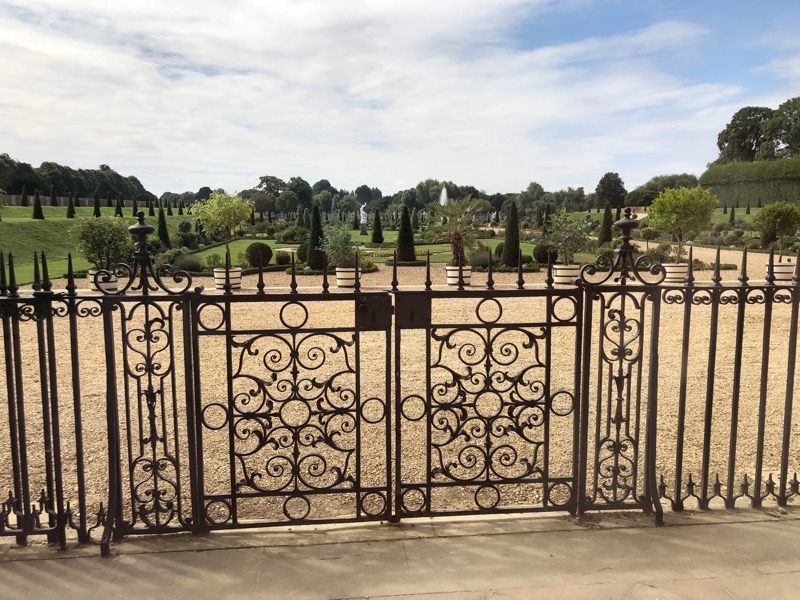
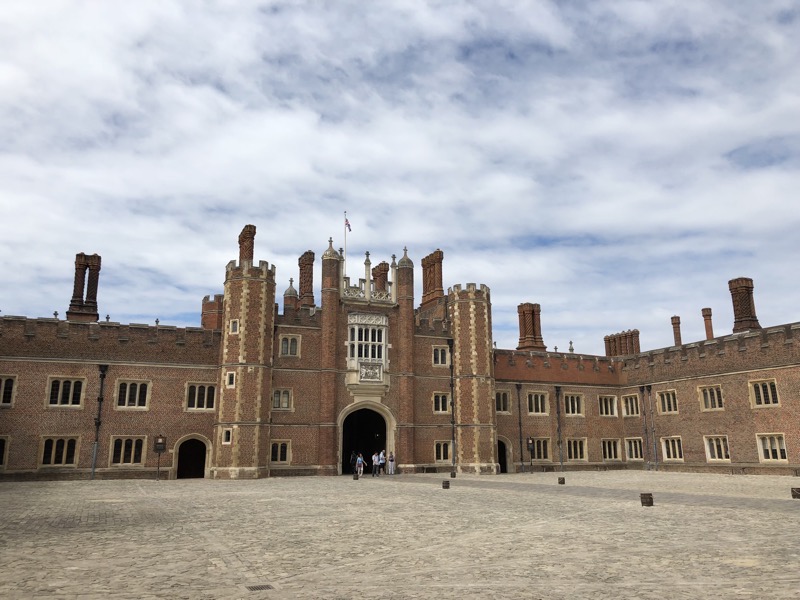 Great Hall ceiling.
Great Hall ceiling. 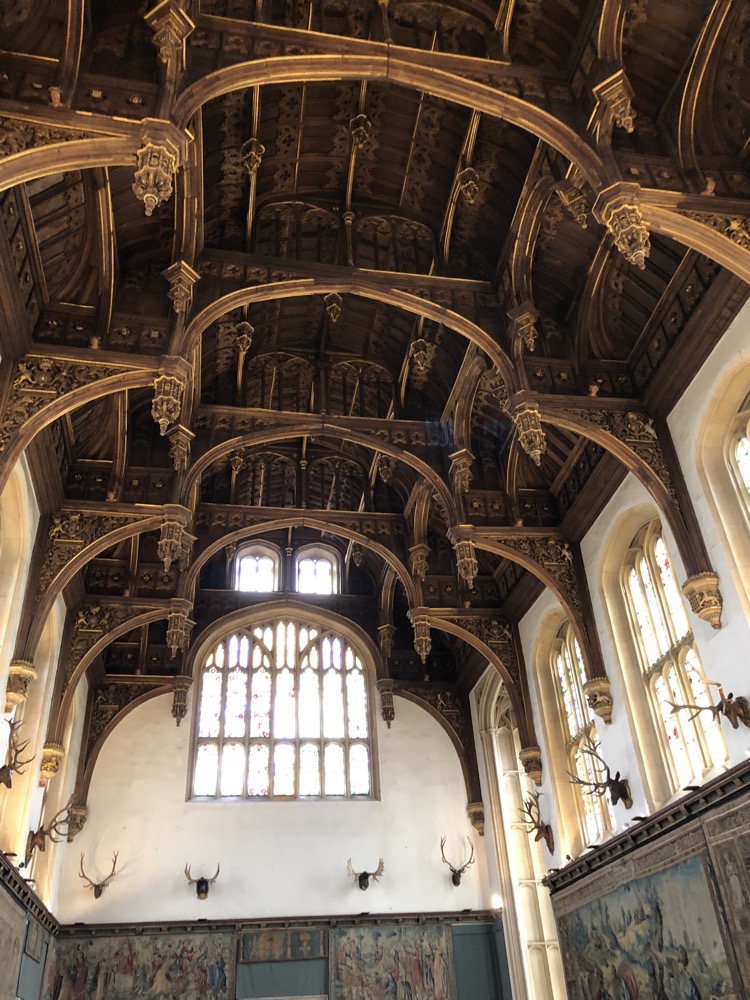
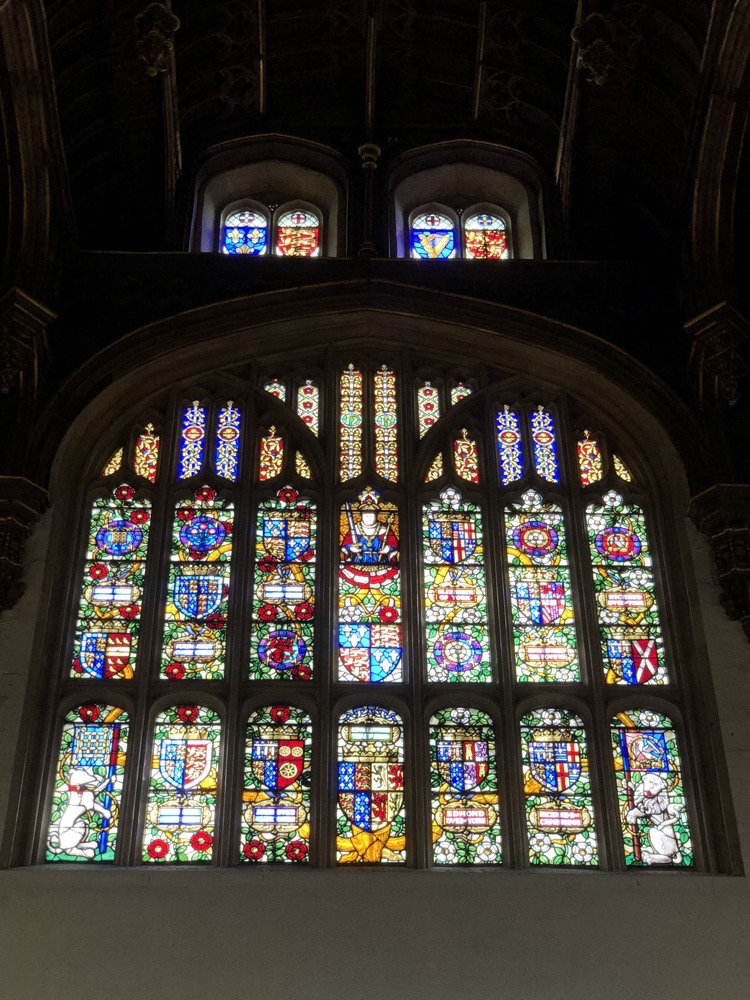
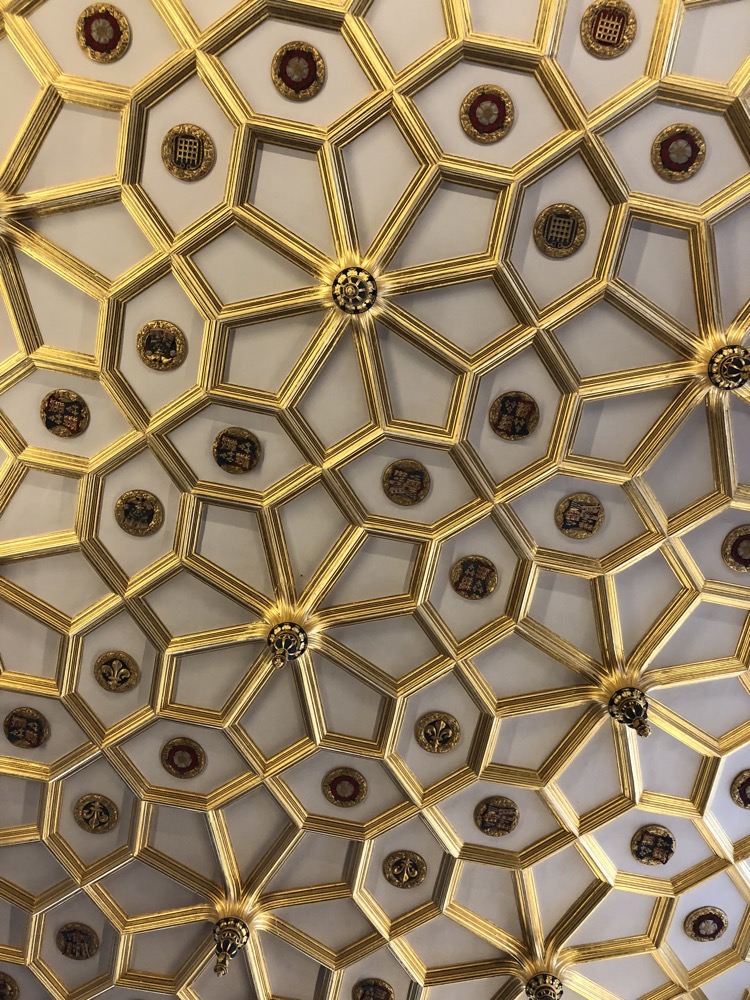 Tapestry / portrait galleries
Tapestry / portrait galleries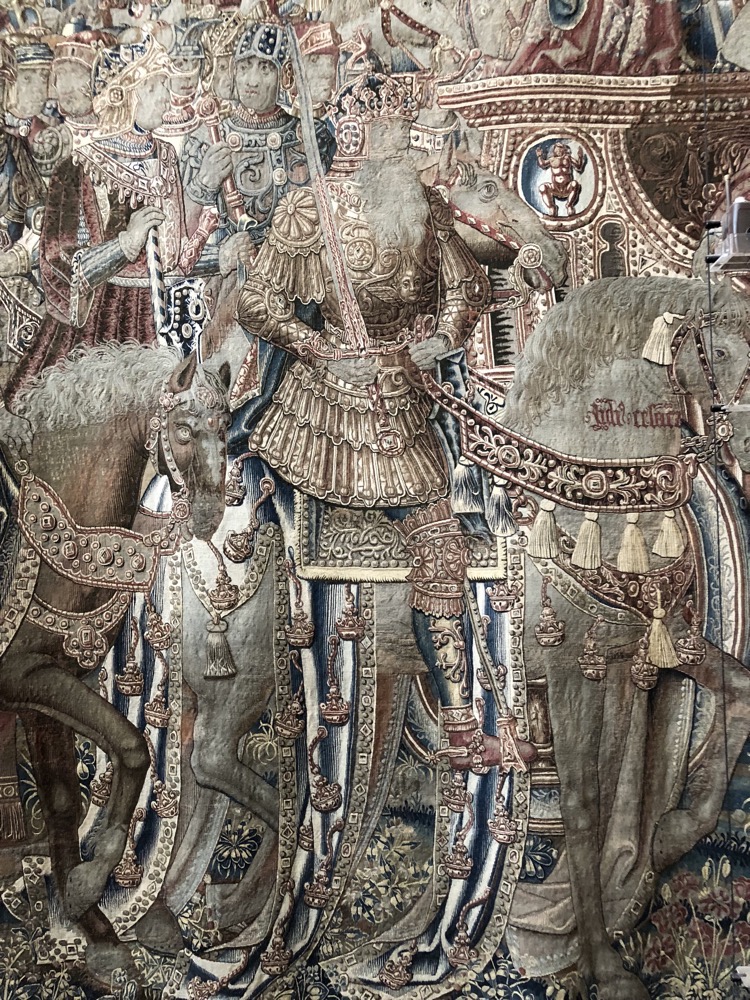
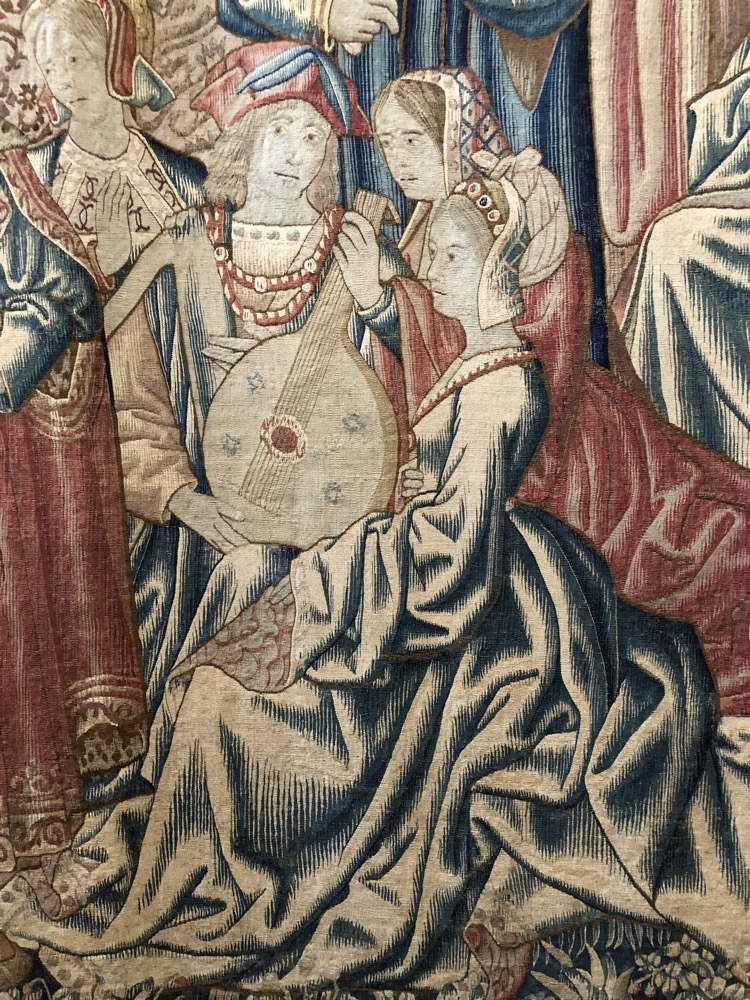
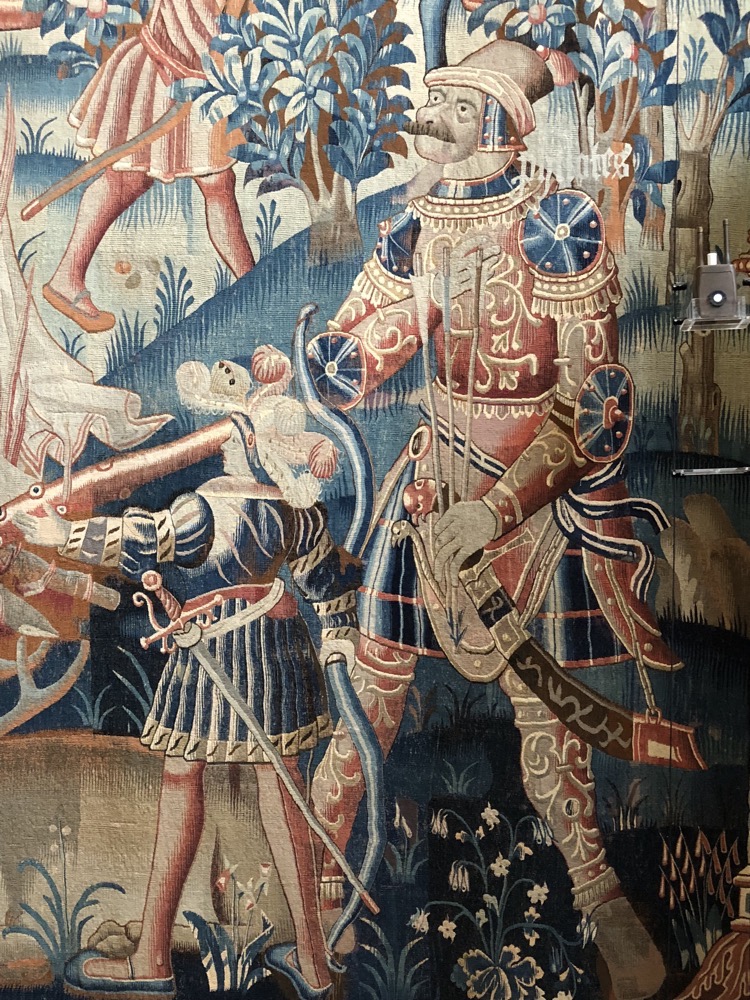
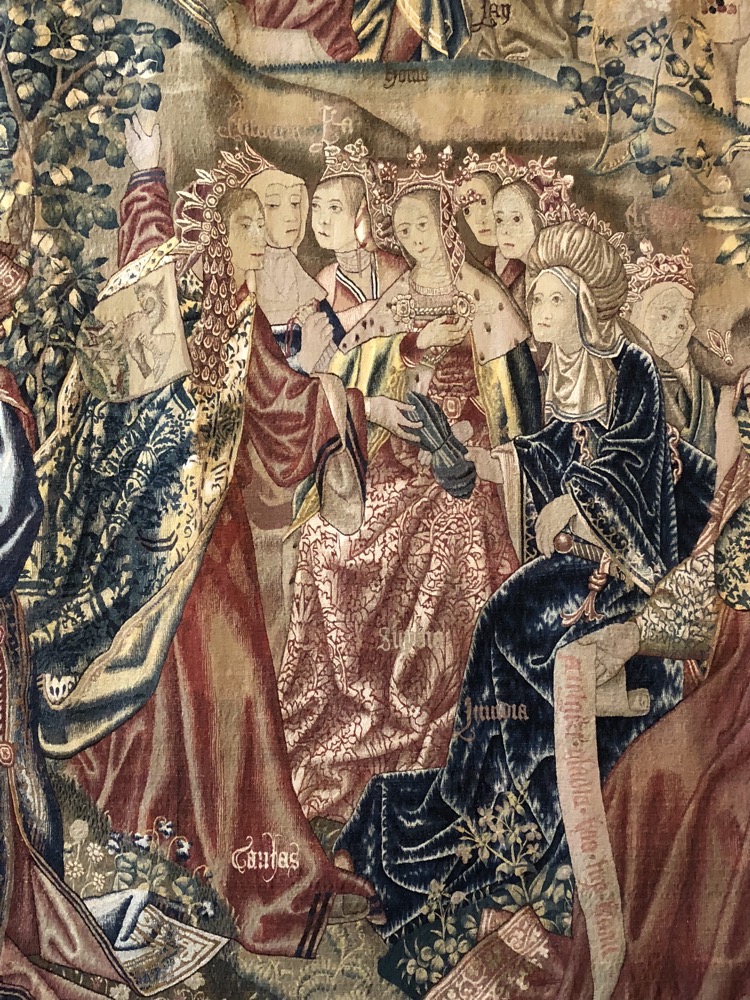
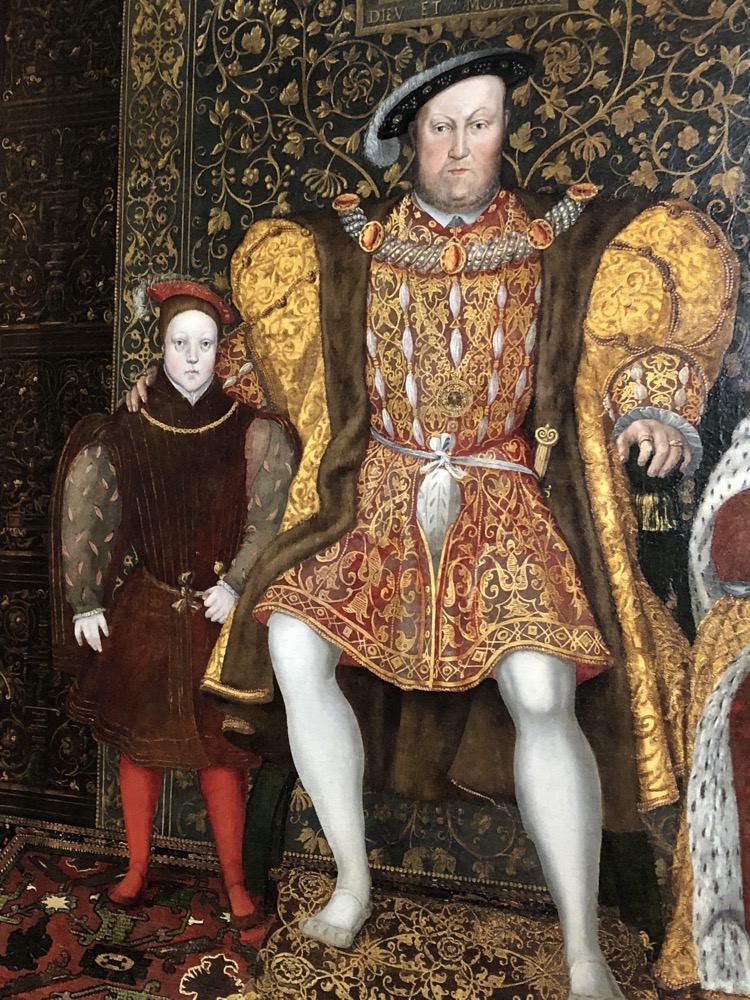
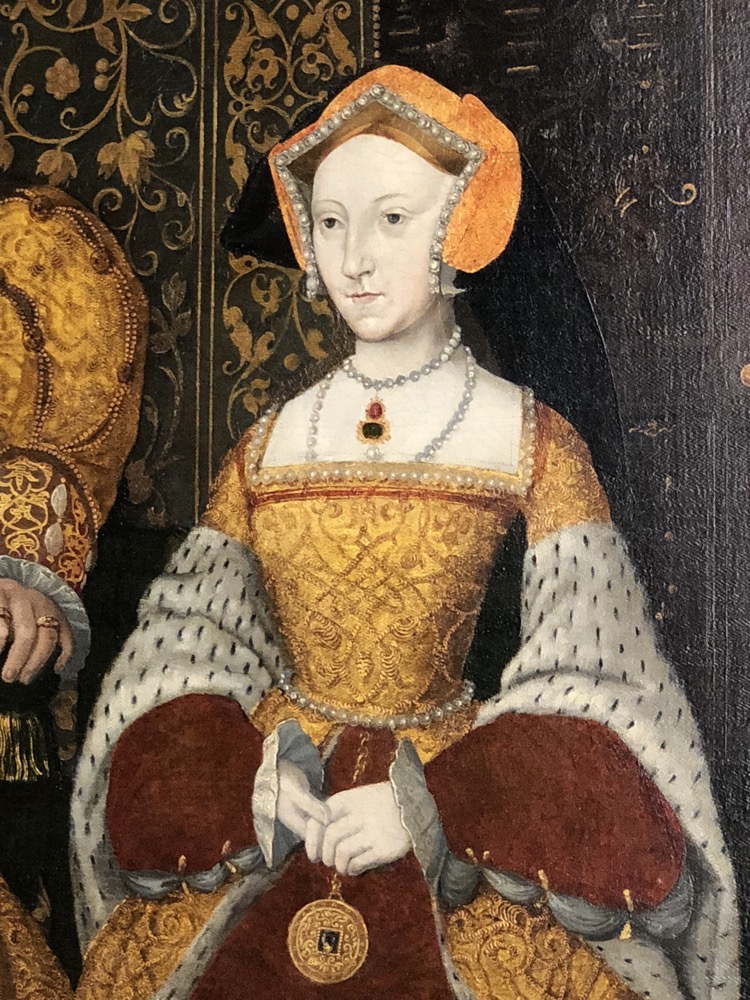
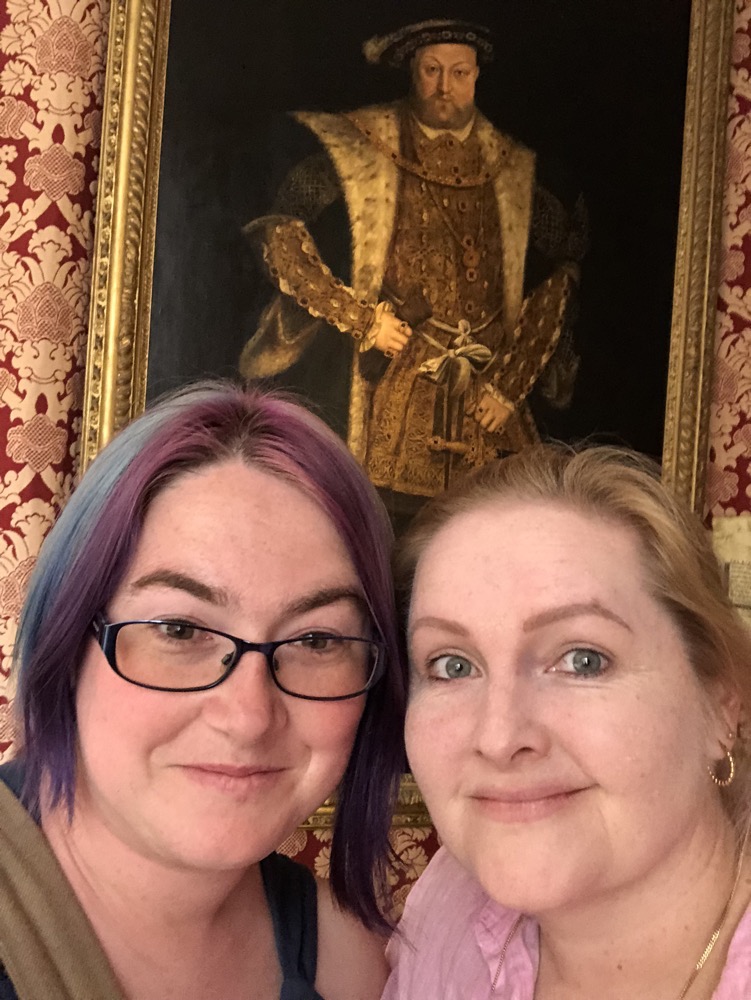
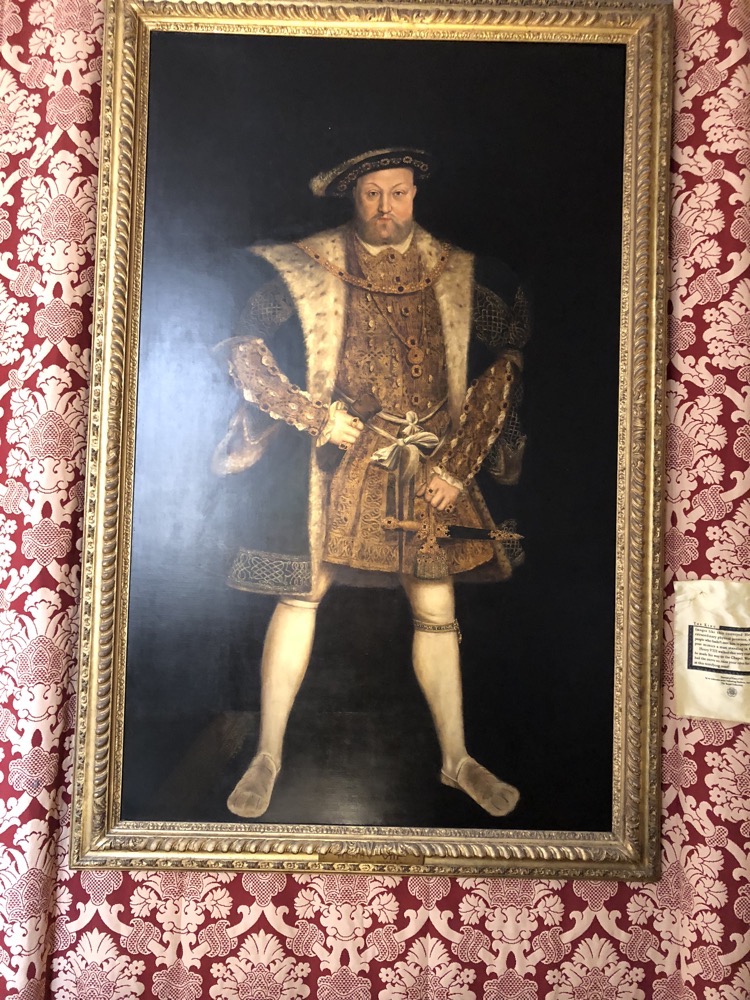 Magical gardens and the famous Hampton Court Palace hedge maze.
Magical gardens and the famous Hampton Court Palace hedge maze.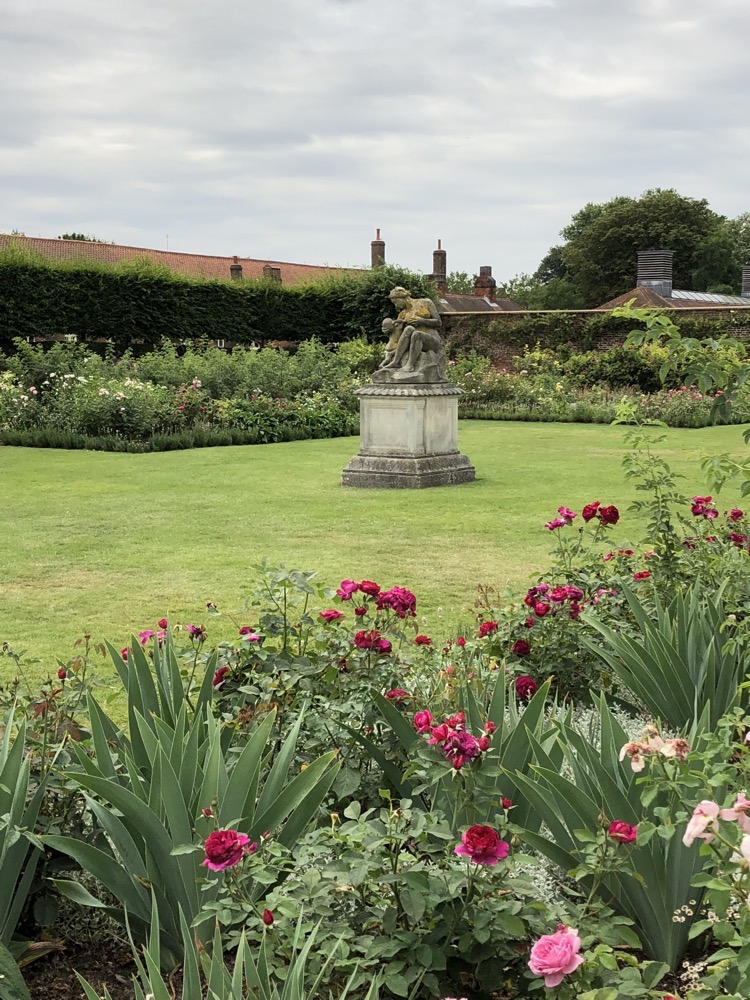
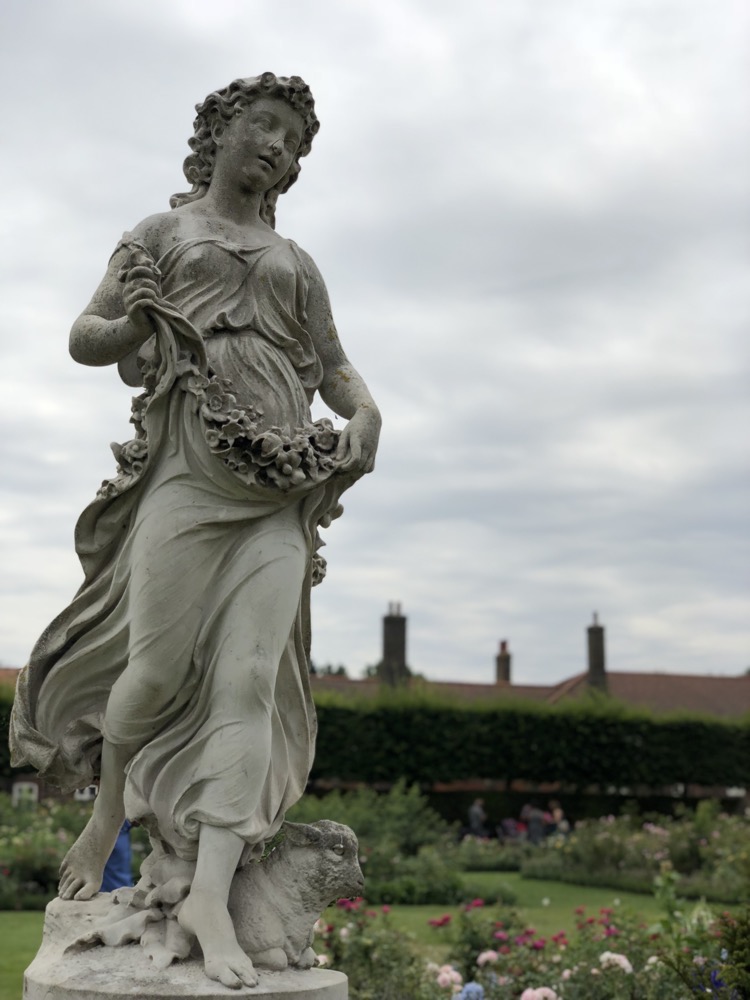
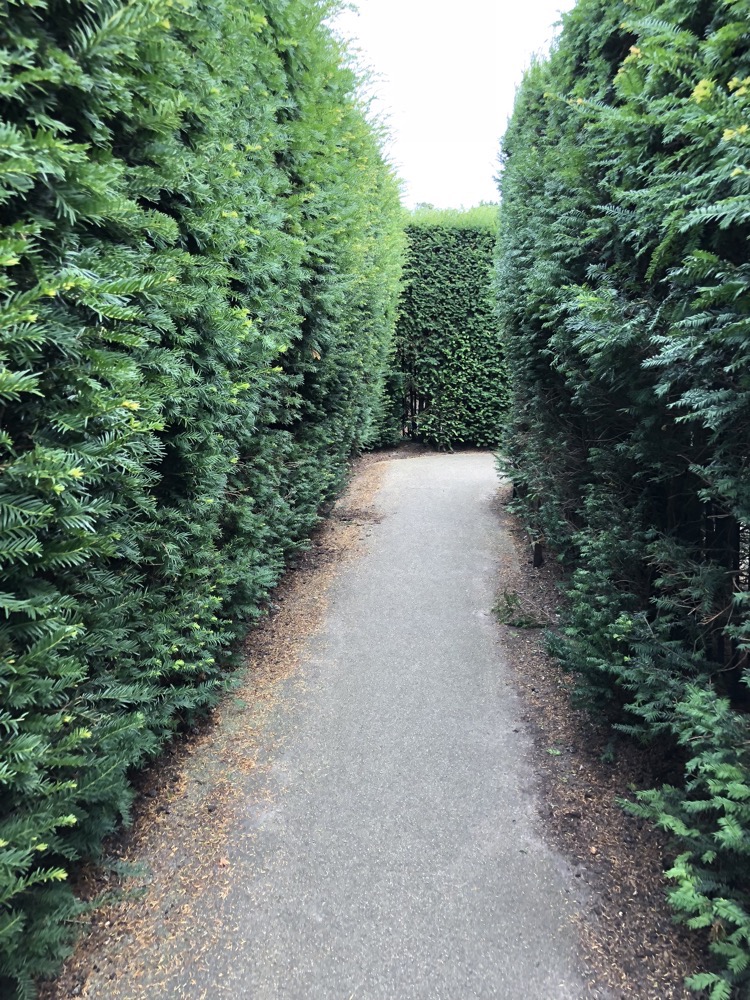 After this we went for a well earned pint and a snack. We were going to stop at the Mute Swan, but unfortunately (or fortunately, not sure) they were packed to capacity and we ended up at the Riverview Terrace over looking the Thames enjoying a lovely breeze and a few pints of cider. Fanfuckingtastic.
After this we went for a well earned pint and a snack. We were going to stop at the Mute Swan, but unfortunately (or fortunately, not sure) they were packed to capacity and we ended up at the Riverview Terrace over looking the Thames enjoying a lovely breeze and a few pints of cider. Fanfuckingtastic.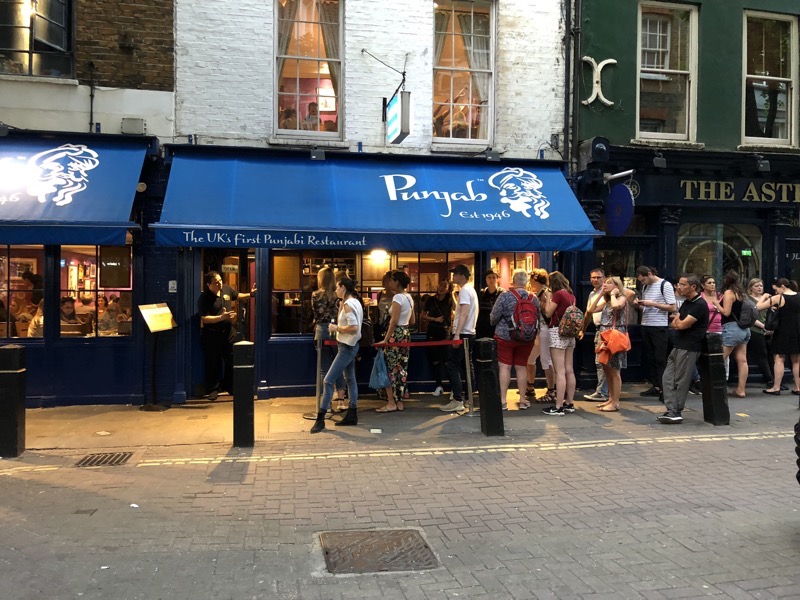 Established in 1946 and still going strong.
Established in 1946 and still going strong.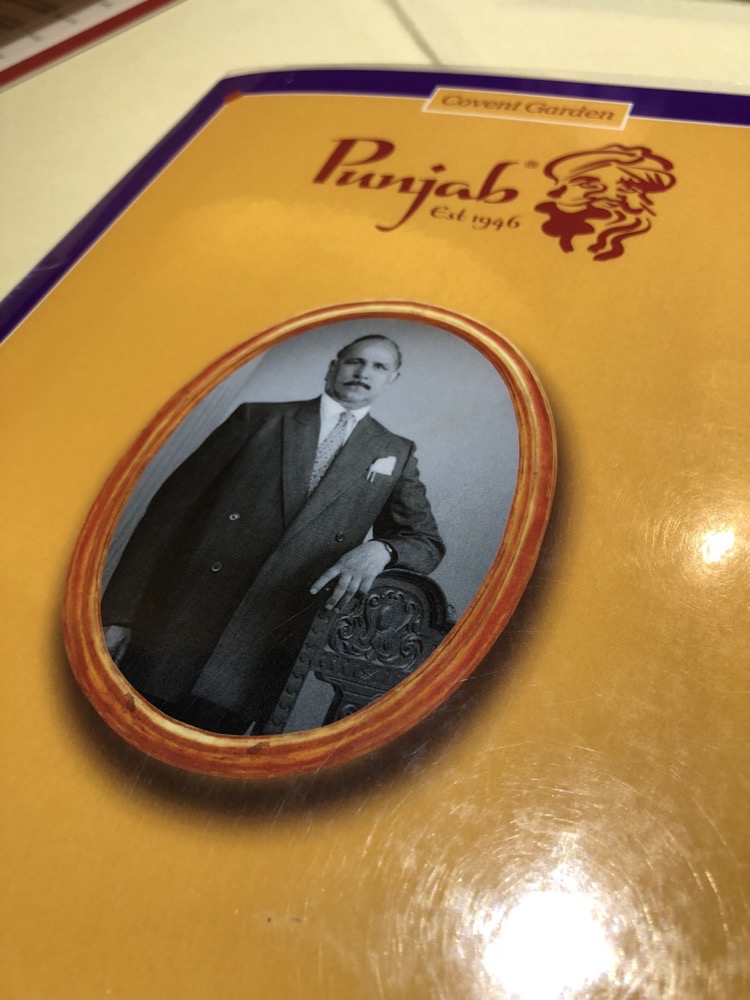 All these recommendations on the back of the menu were well deserved. The food was amazing.
All these recommendations on the back of the menu were well deserved. The food was amazing. 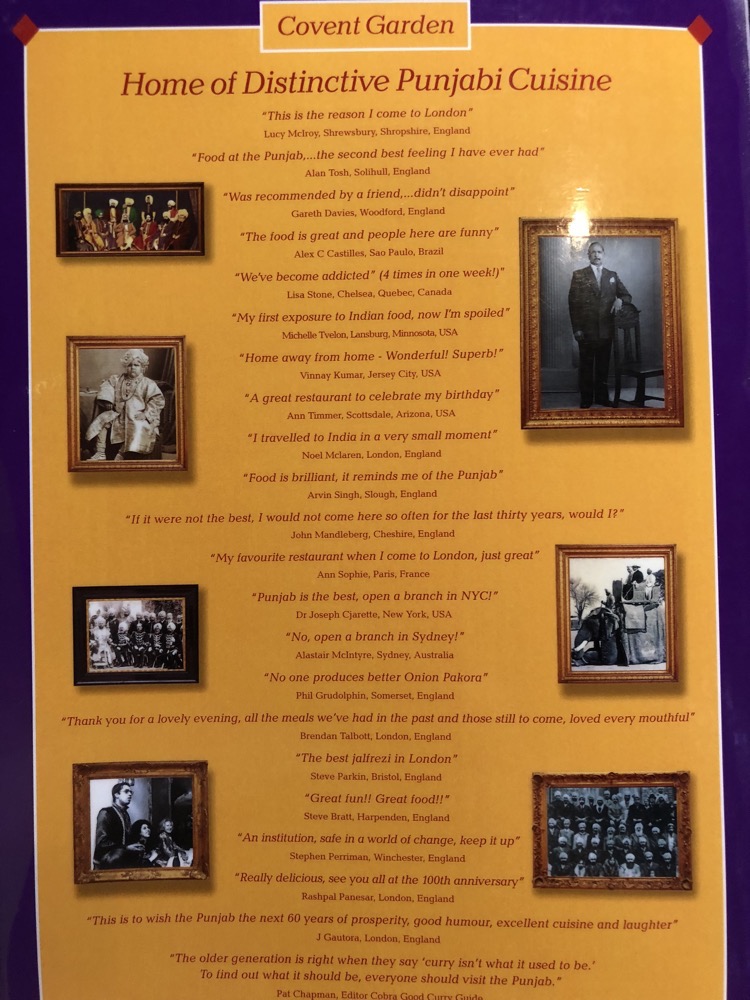
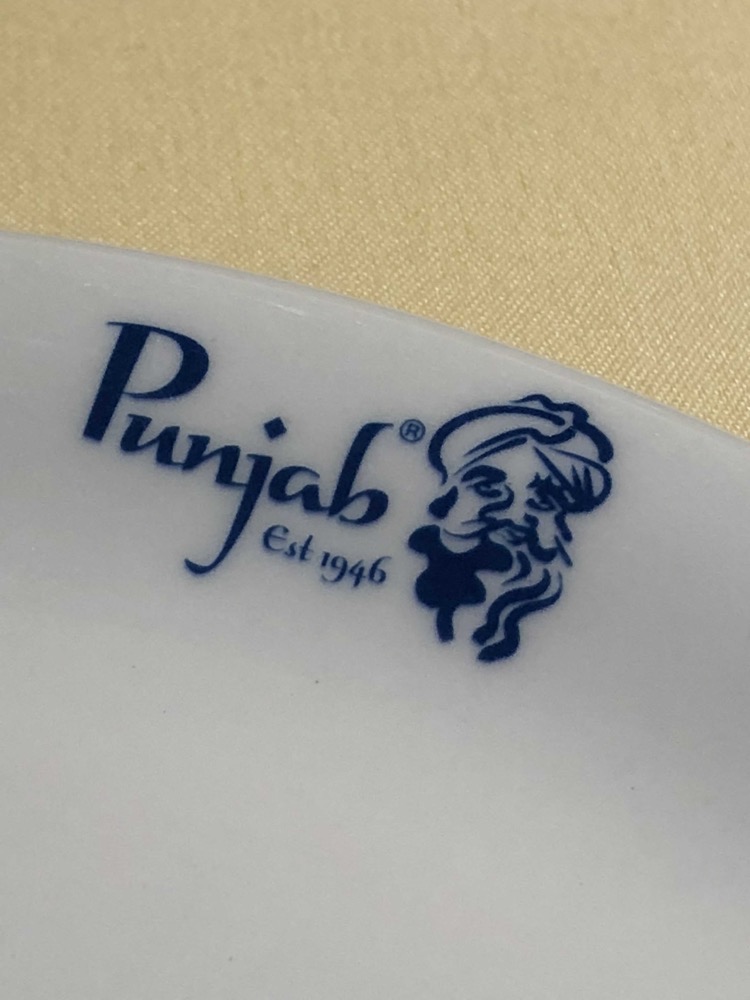 Definitely want to avoid that then! 😉
Definitely want to avoid that then! 😉 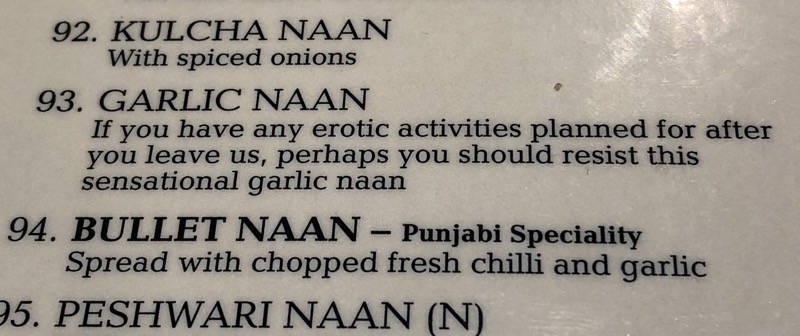
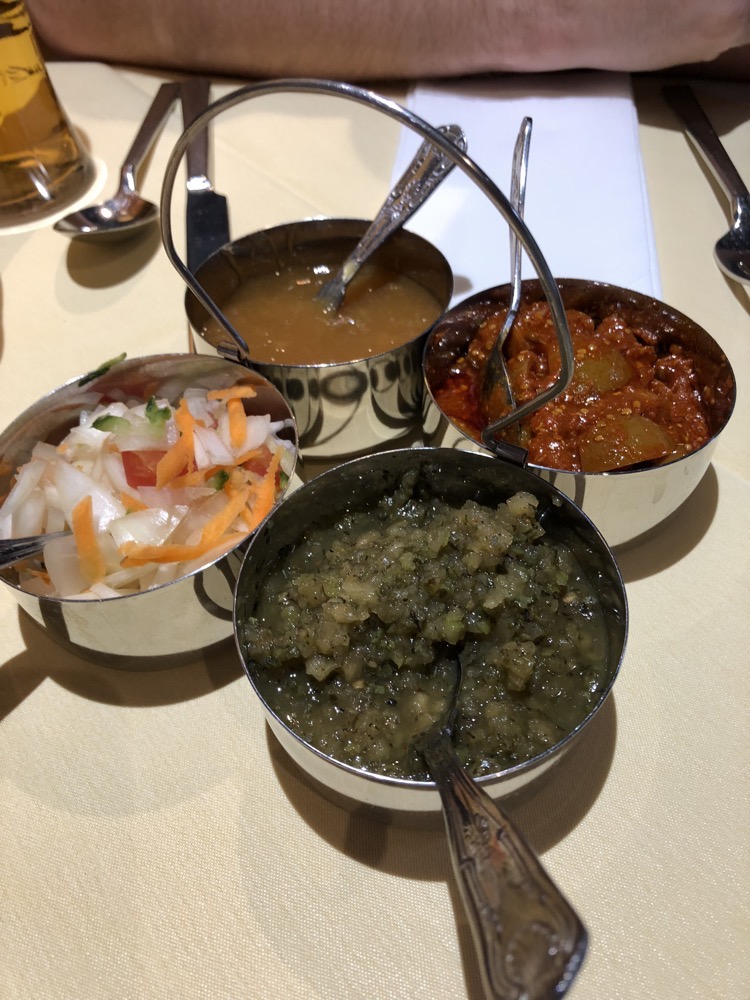
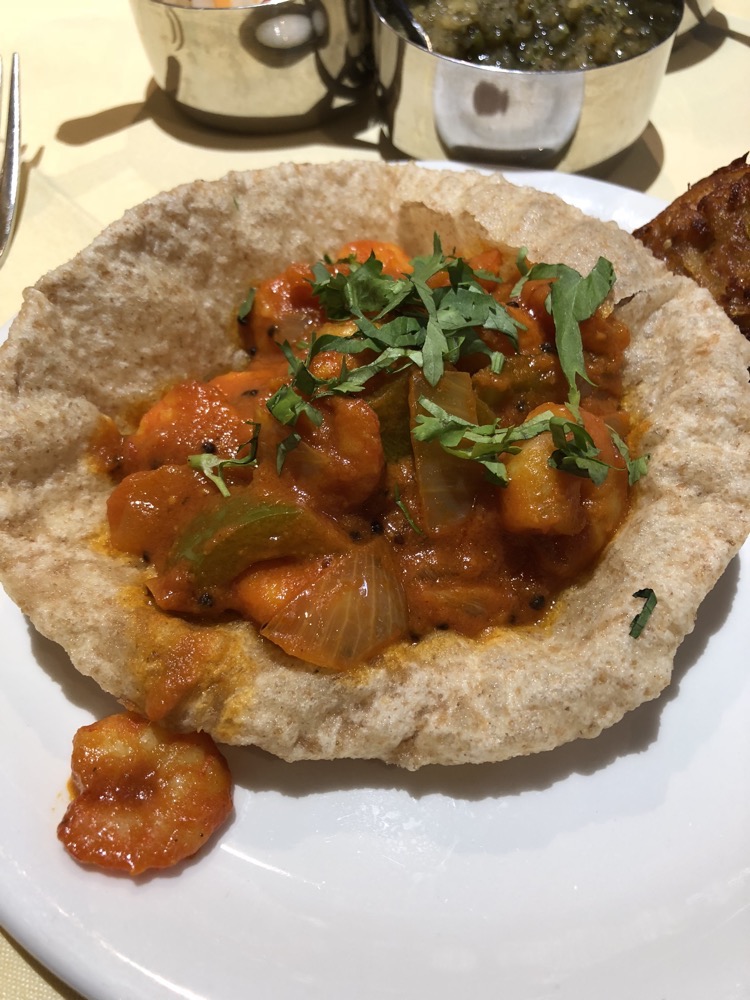 On Paul’s recommendation I tried the prawn puri and Keith, the onion pakoras, because well, who needs a reason? Both entrees were fabulous. We then shared a dish called, Anari Gosht (a deliciously fragrant lamb and pomegranate dish) that isn’t actually on the menu but which the waiter was only too happy to arrange for us. Good call on the Anari Gosht, Paul – it was beautiful. Unusual blend of flavours and well worth the effort to negotiate from our waiter. 🙂
On Paul’s recommendation I tried the prawn puri and Keith, the onion pakoras, because well, who needs a reason? Both entrees were fabulous. We then shared a dish called, Anari Gosht (a deliciously fragrant lamb and pomegranate dish) that isn’t actually on the menu but which the waiter was only too happy to arrange for us. Good call on the Anari Gosht, Paul – it was beautiful. Unusual blend of flavours and well worth the effort to negotiate from our waiter. 🙂 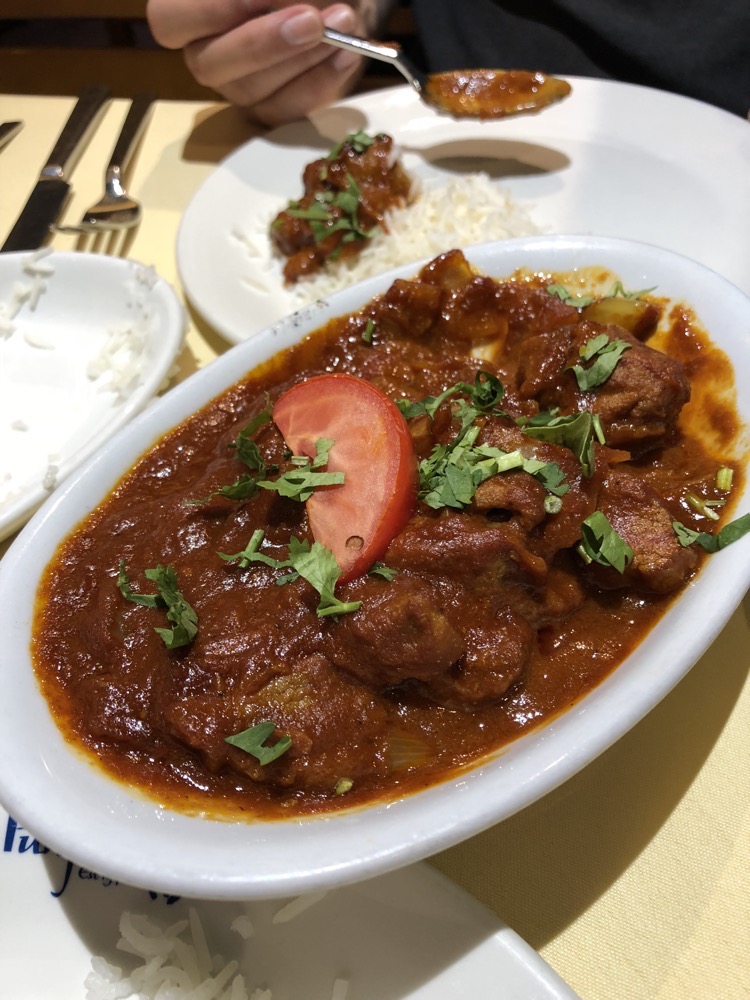 After dinner we stumbled back to the hotel where Mr K promptly went back to work and I promptly fell asleep on the couch! I was ostensibly supposed to be blogging – but so much for that! 🙂
After dinner we stumbled back to the hotel where Mr K promptly went back to work and I promptly fell asleep on the couch! I was ostensibly supposed to be blogging – but so much for that! 🙂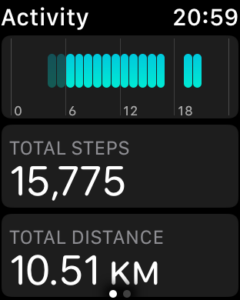
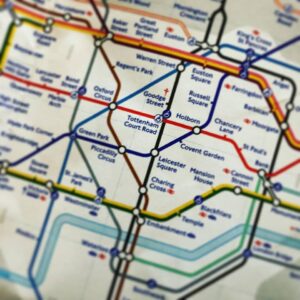 Then it was onto the tube and heading into town to find out hotel all of which landed us here and getting cleaned up about 2 hours later than anticipated. We have chosen to stay at the St Giles Hotel just off Tottenham Court Road in Camden this trip, seemed like a nice central spot and they have plenty of business facilities (which is going to come in handy as the week progresses). There’s heaps and heaps of construction going on around here – footpaths being repaved, parts of the tube being renovated and some buildings appear to be being replaced, so the area doesn’t have its usual charm and instead seems a over busy space of too many people navigating too many obstacles to get anywhere.
Then it was onto the tube and heading into town to find out hotel all of which landed us here and getting cleaned up about 2 hours later than anticipated. We have chosen to stay at the St Giles Hotel just off Tottenham Court Road in Camden this trip, seemed like a nice central spot and they have plenty of business facilities (which is going to come in handy as the week progresses). There’s heaps and heaps of construction going on around here – footpaths being repaved, parts of the tube being renovated and some buildings appear to be being replaced, so the area doesn’t have its usual charm and instead seems a over busy space of too many people navigating too many obstacles to get anywhere.






